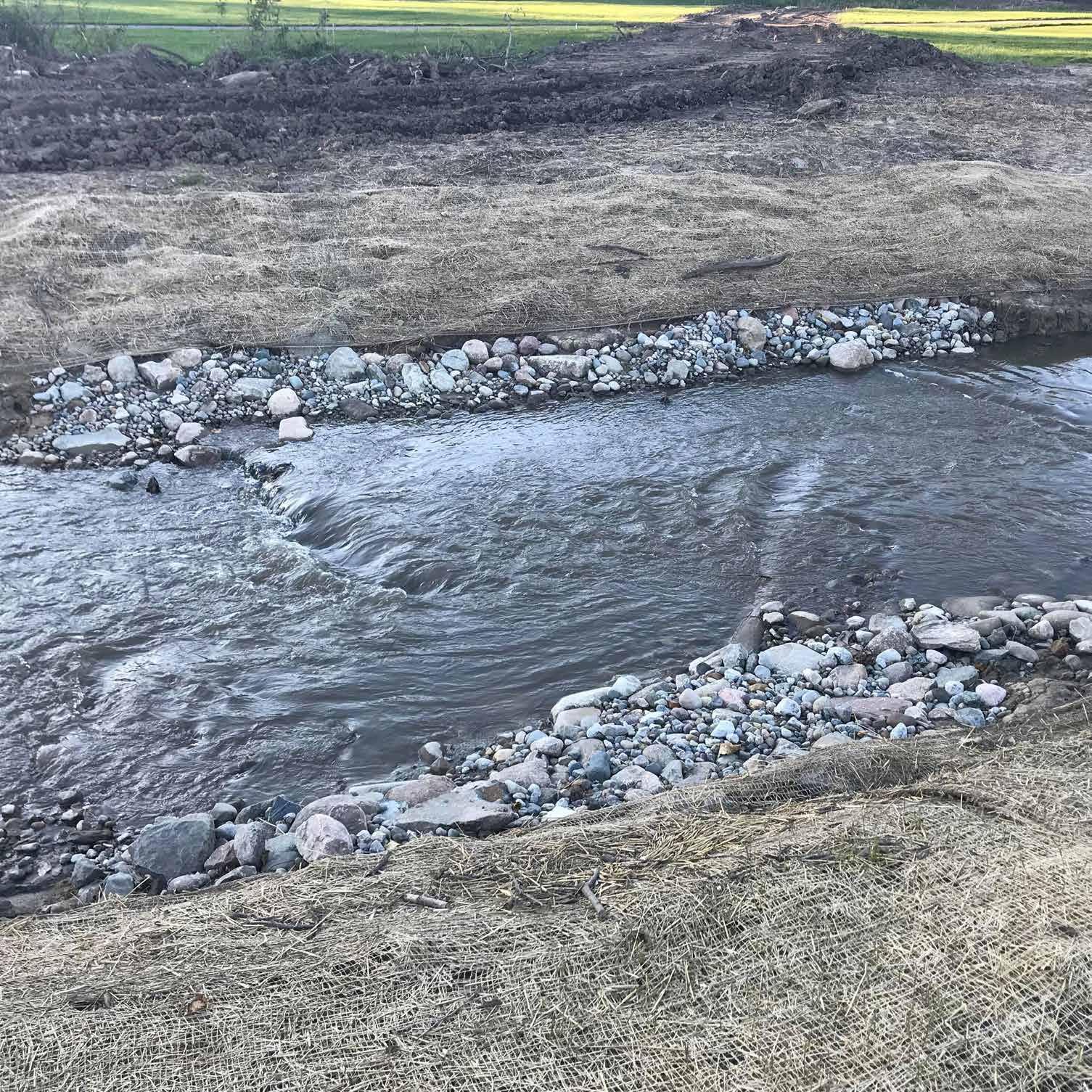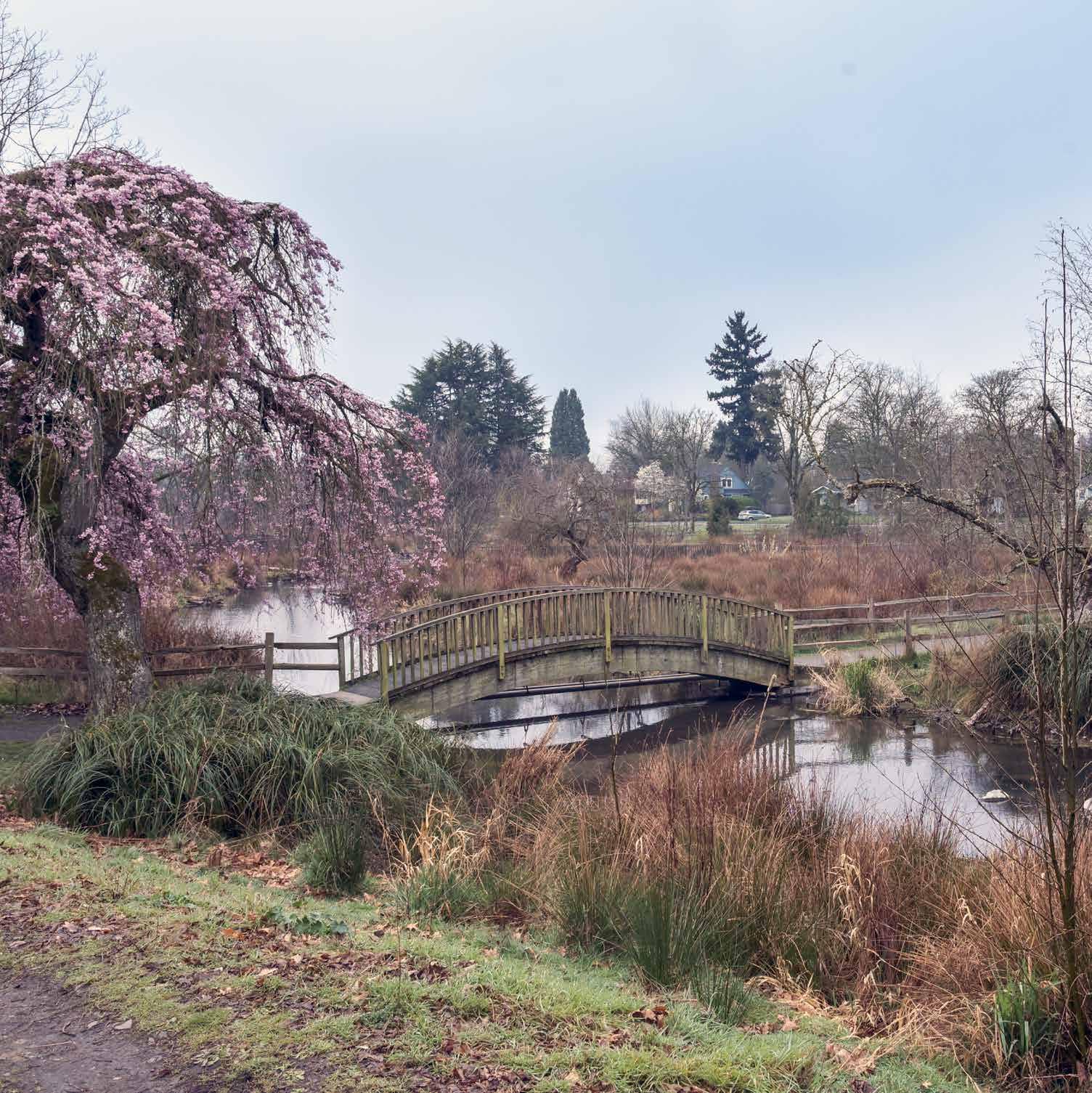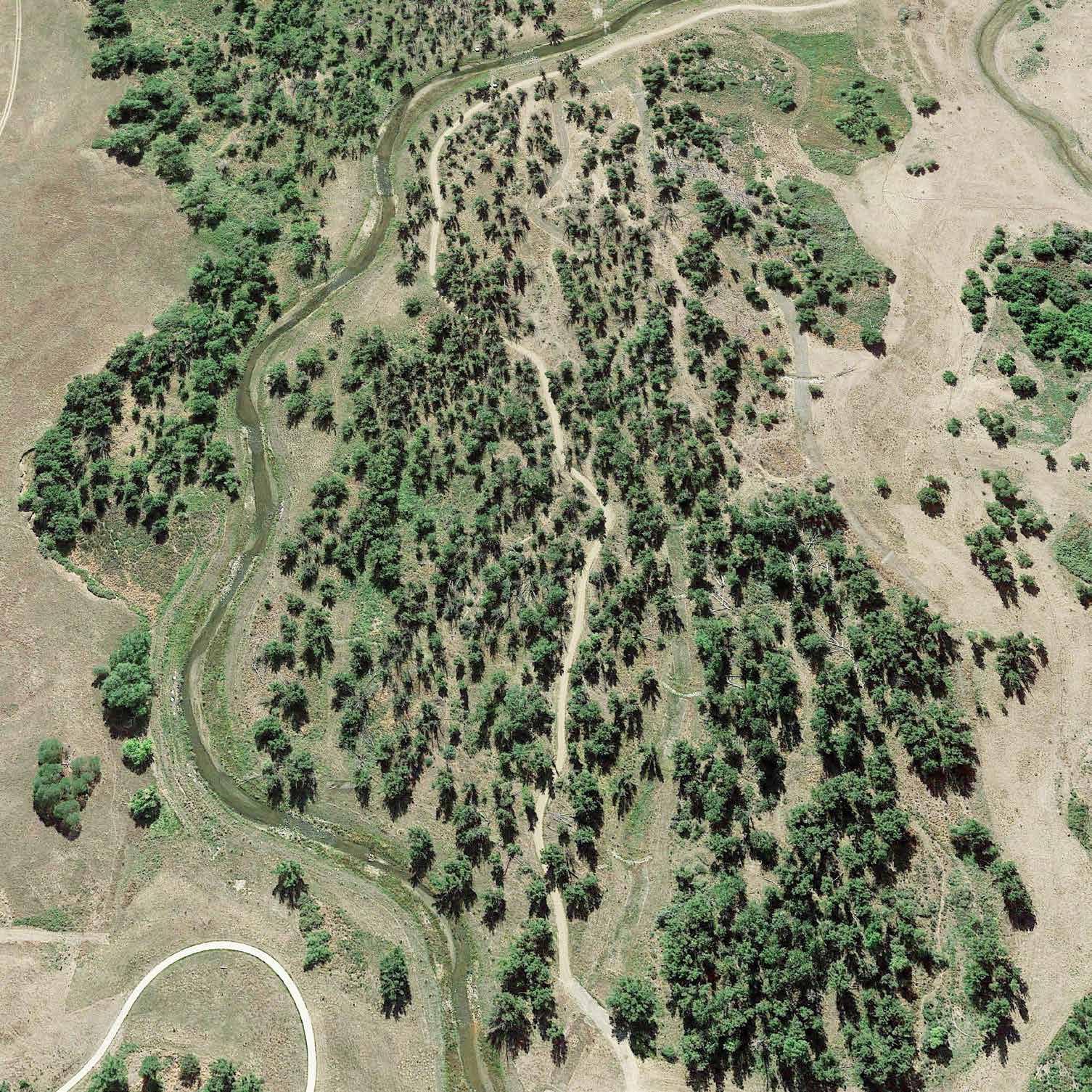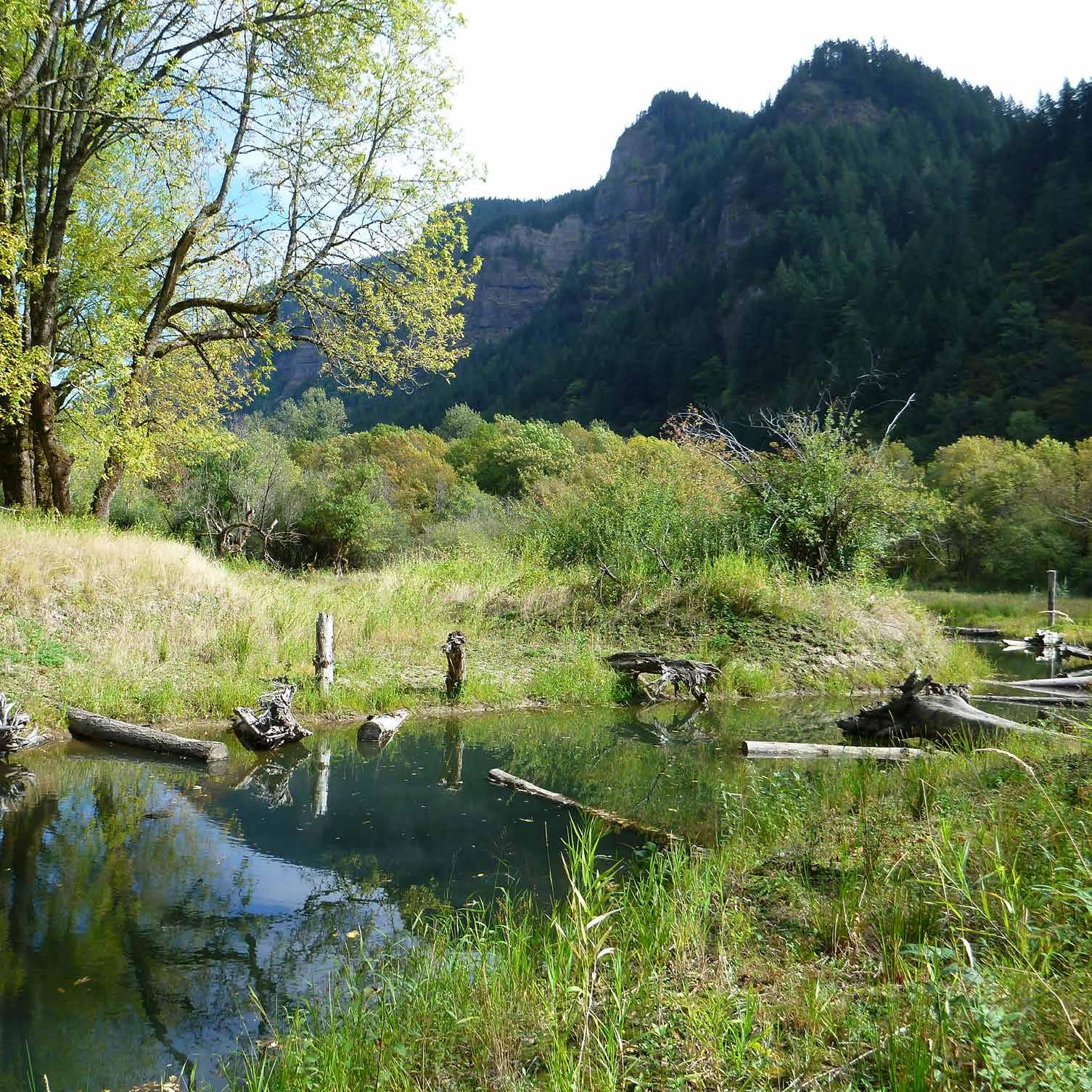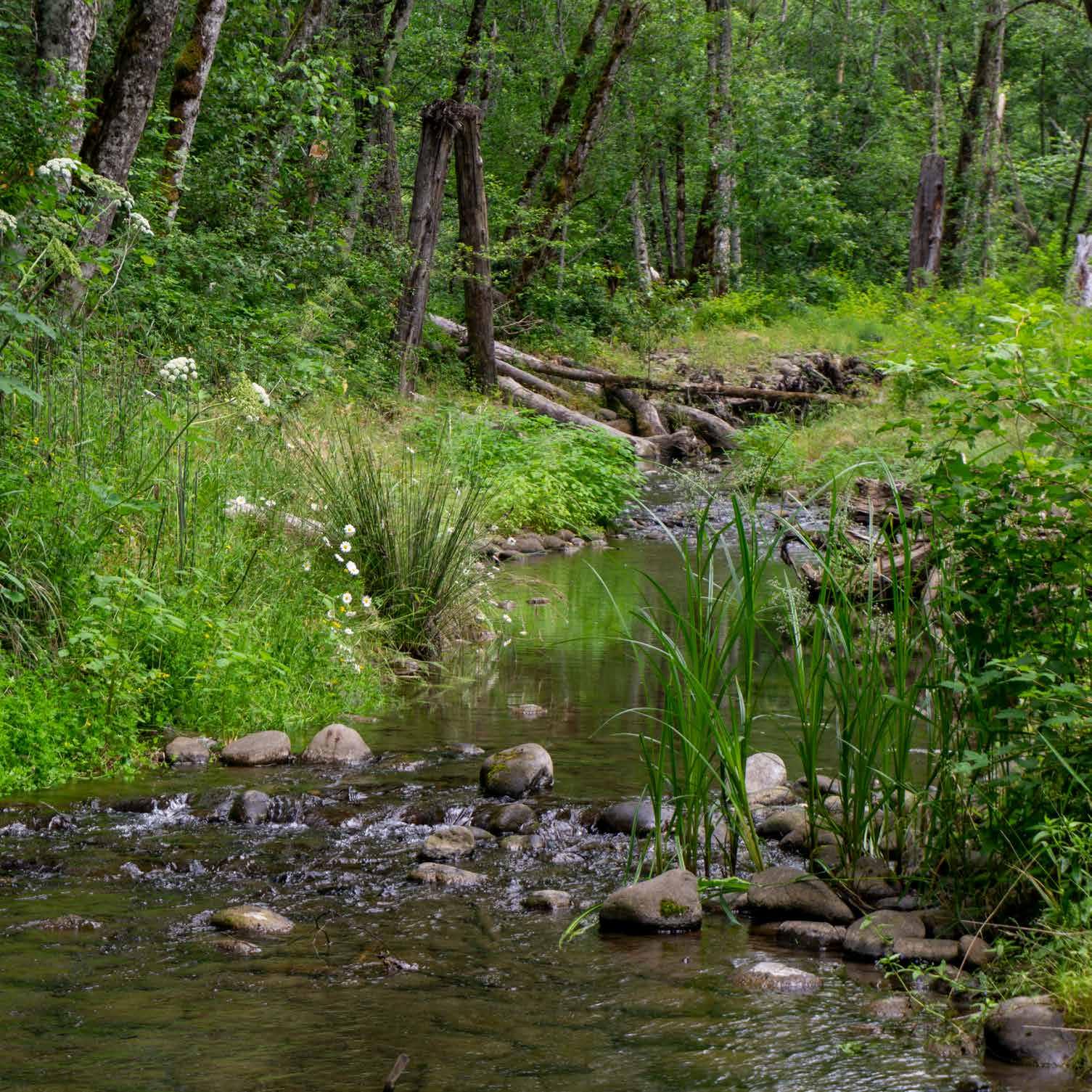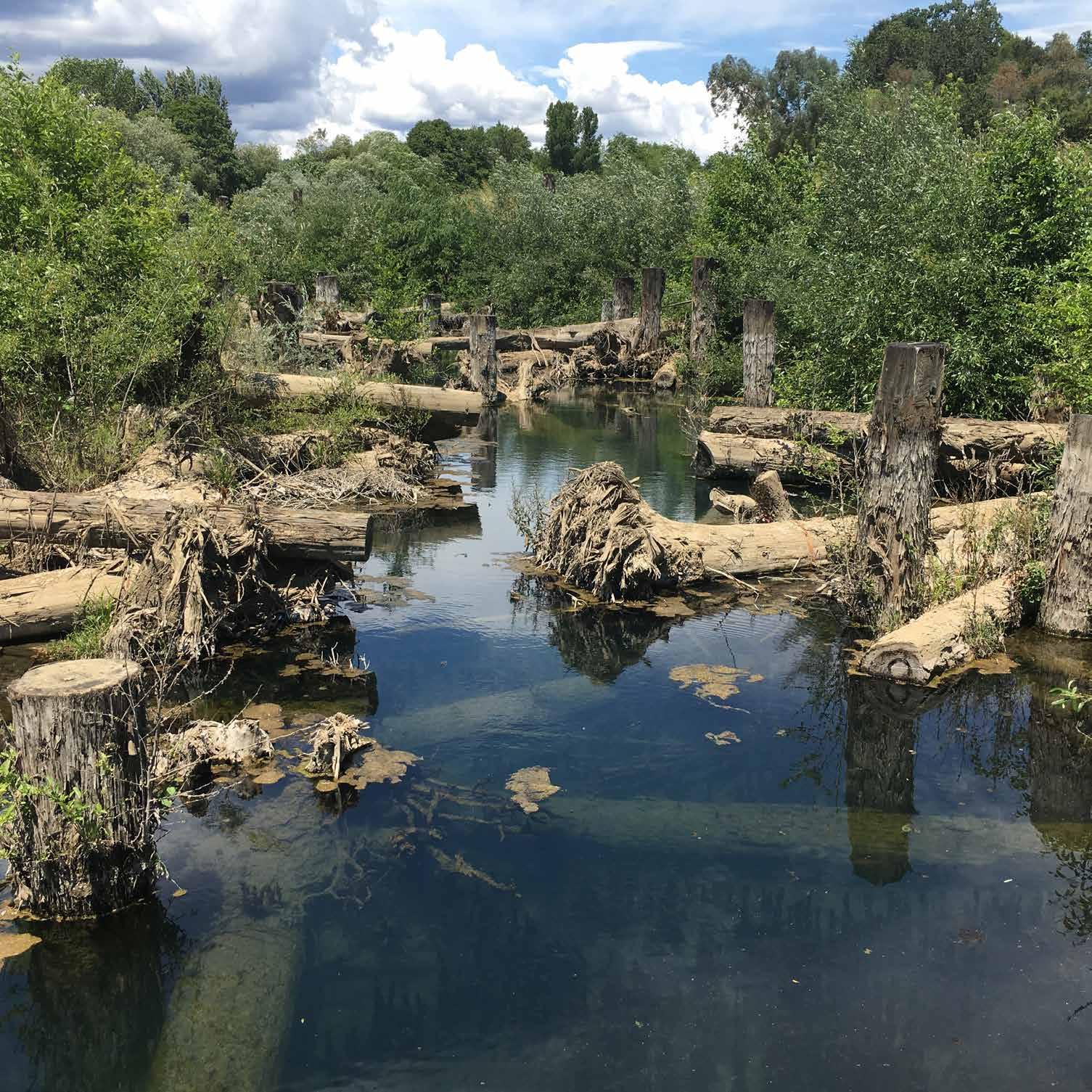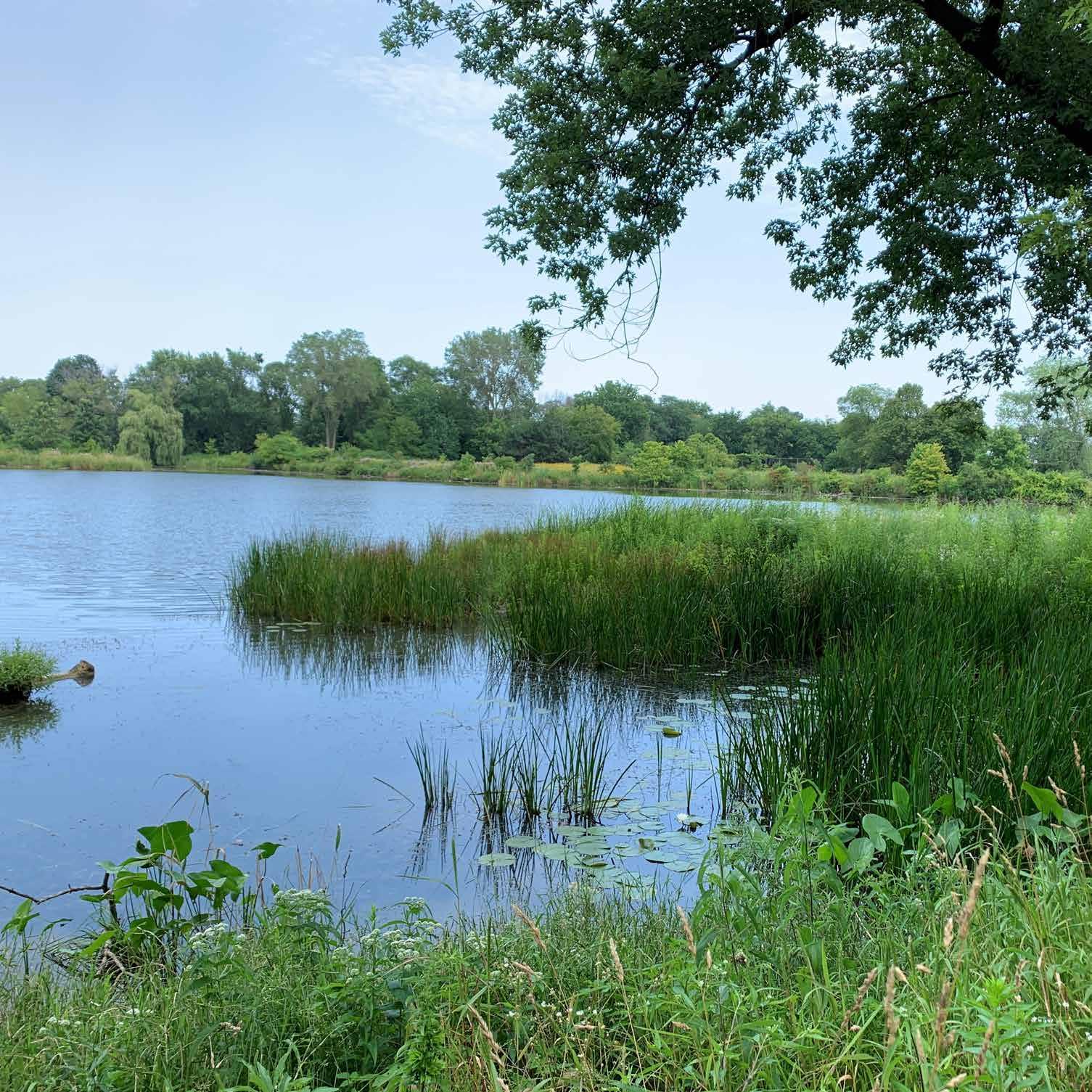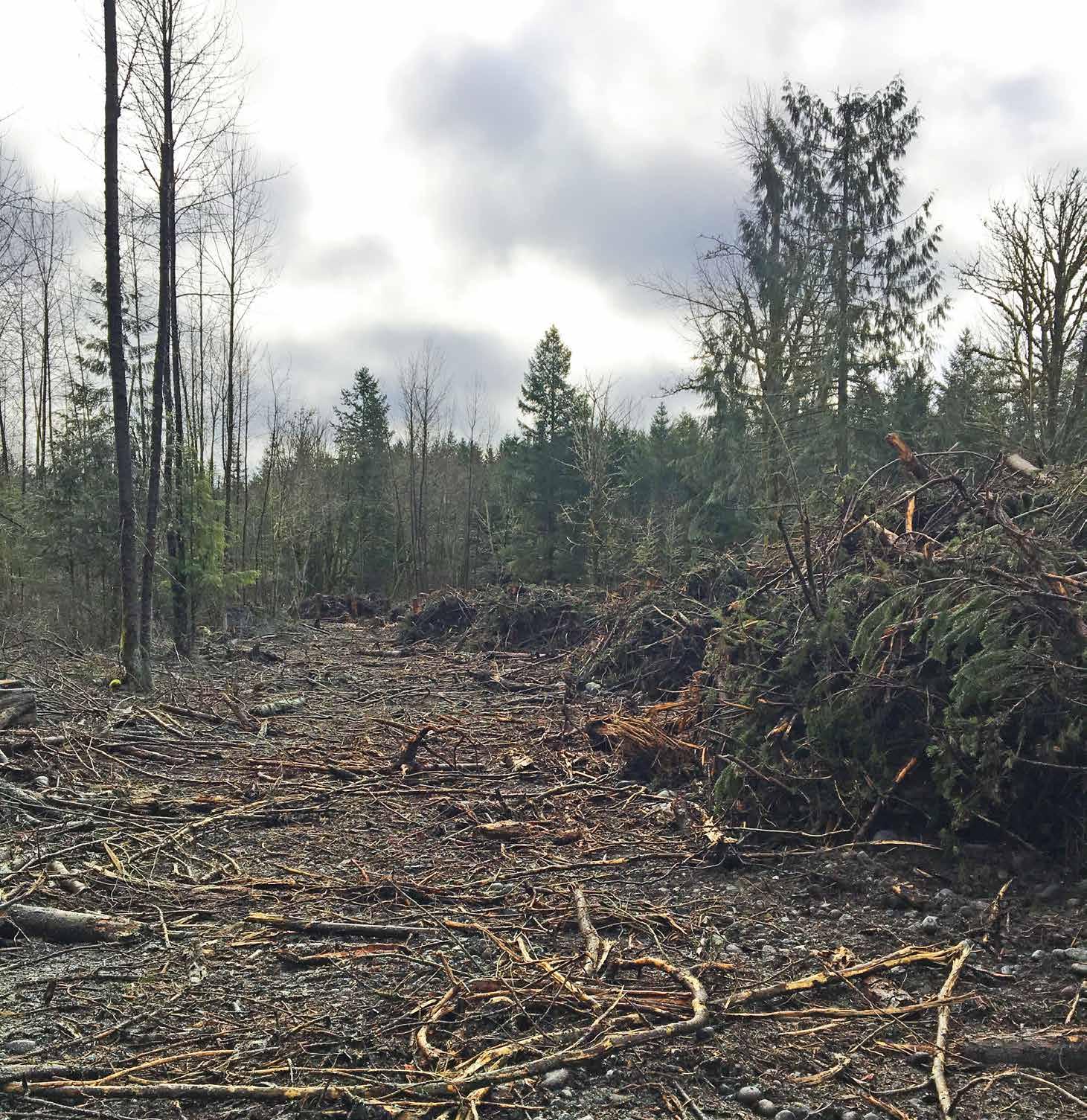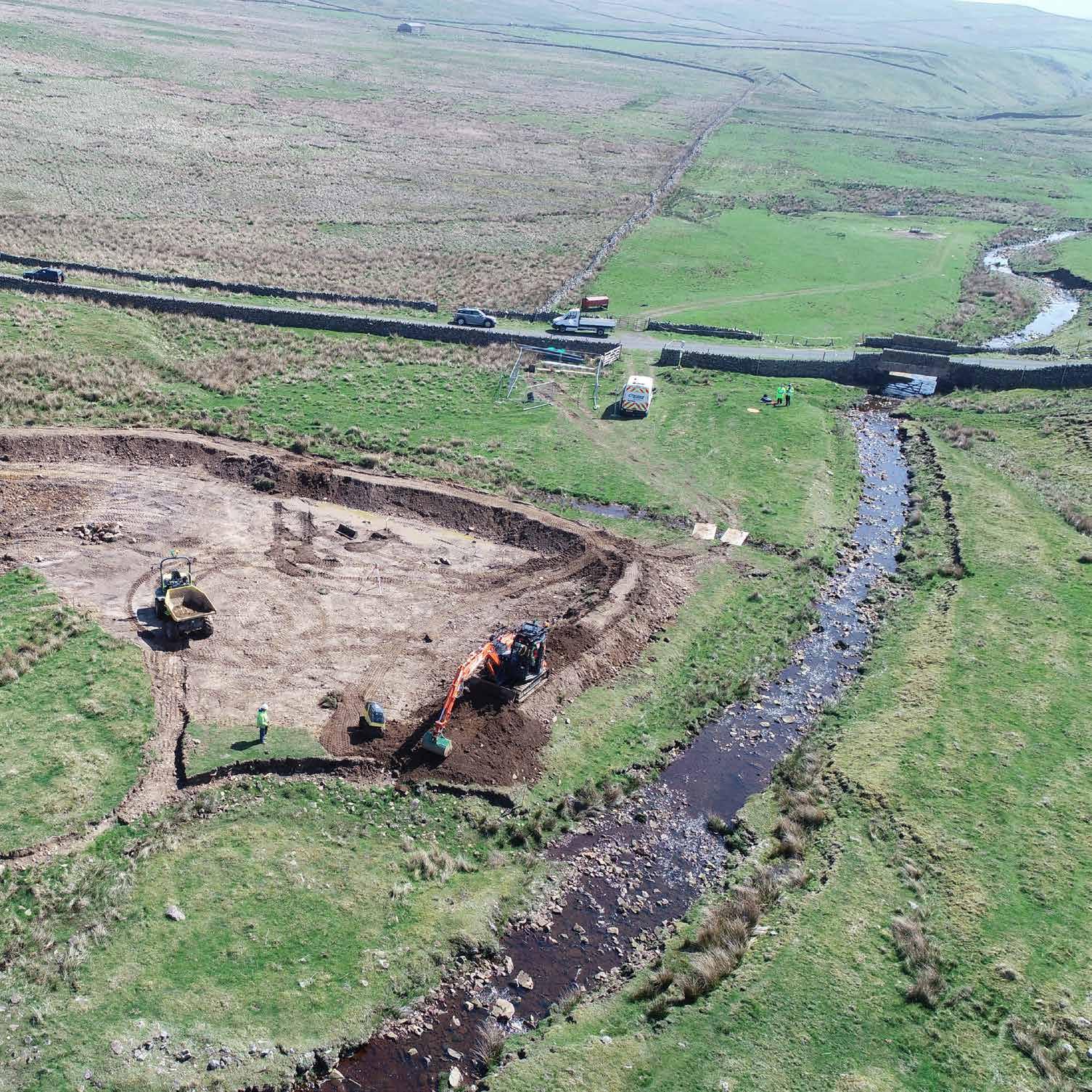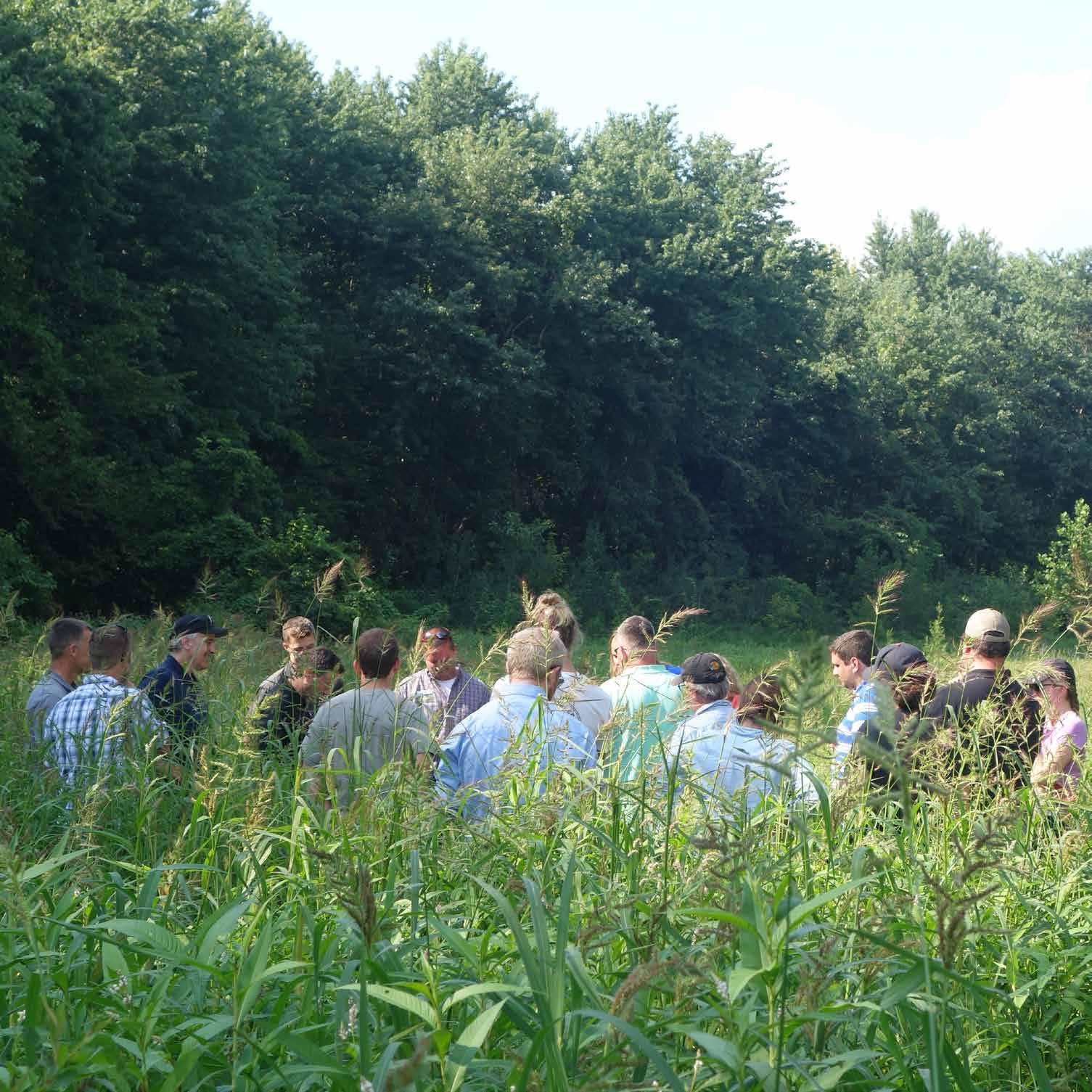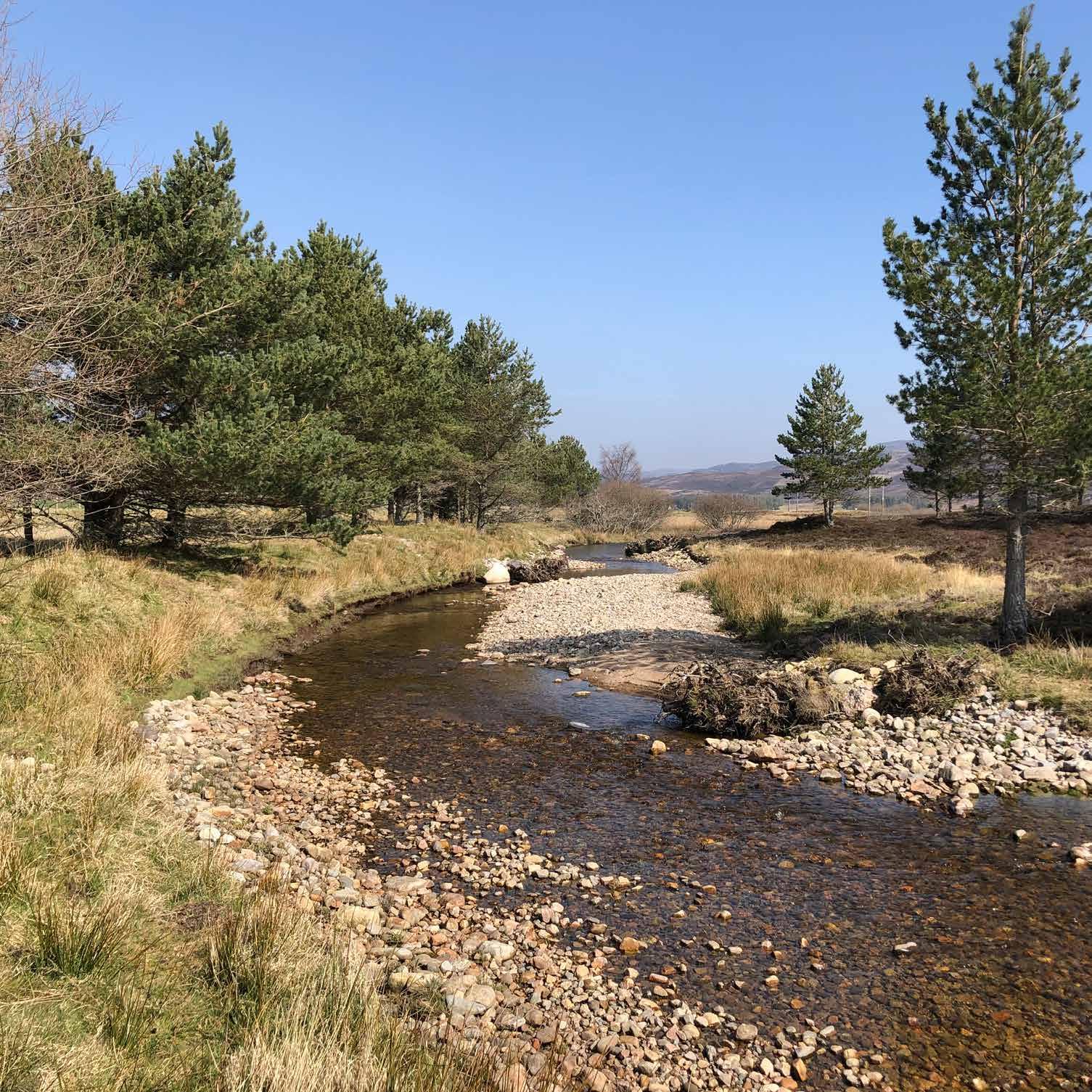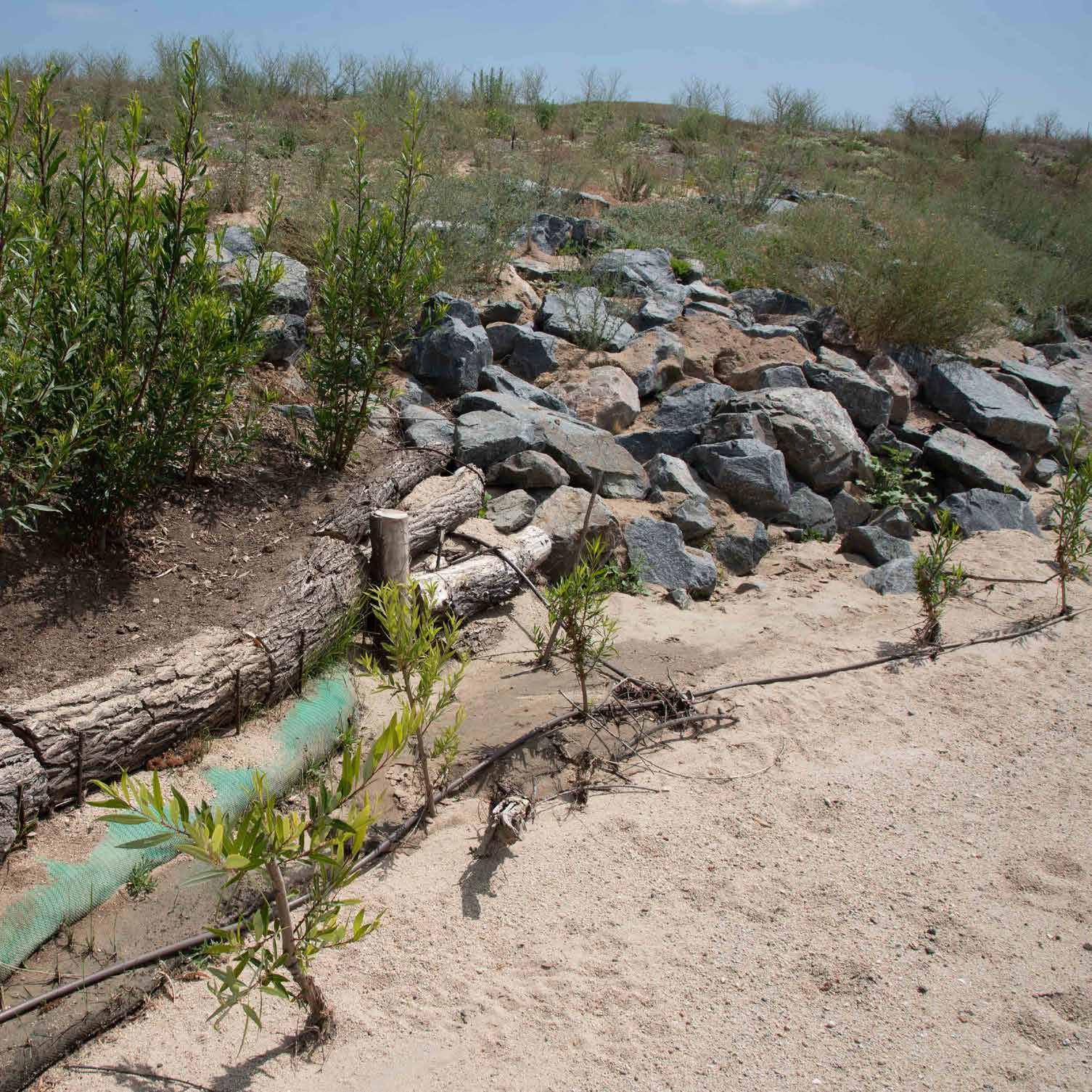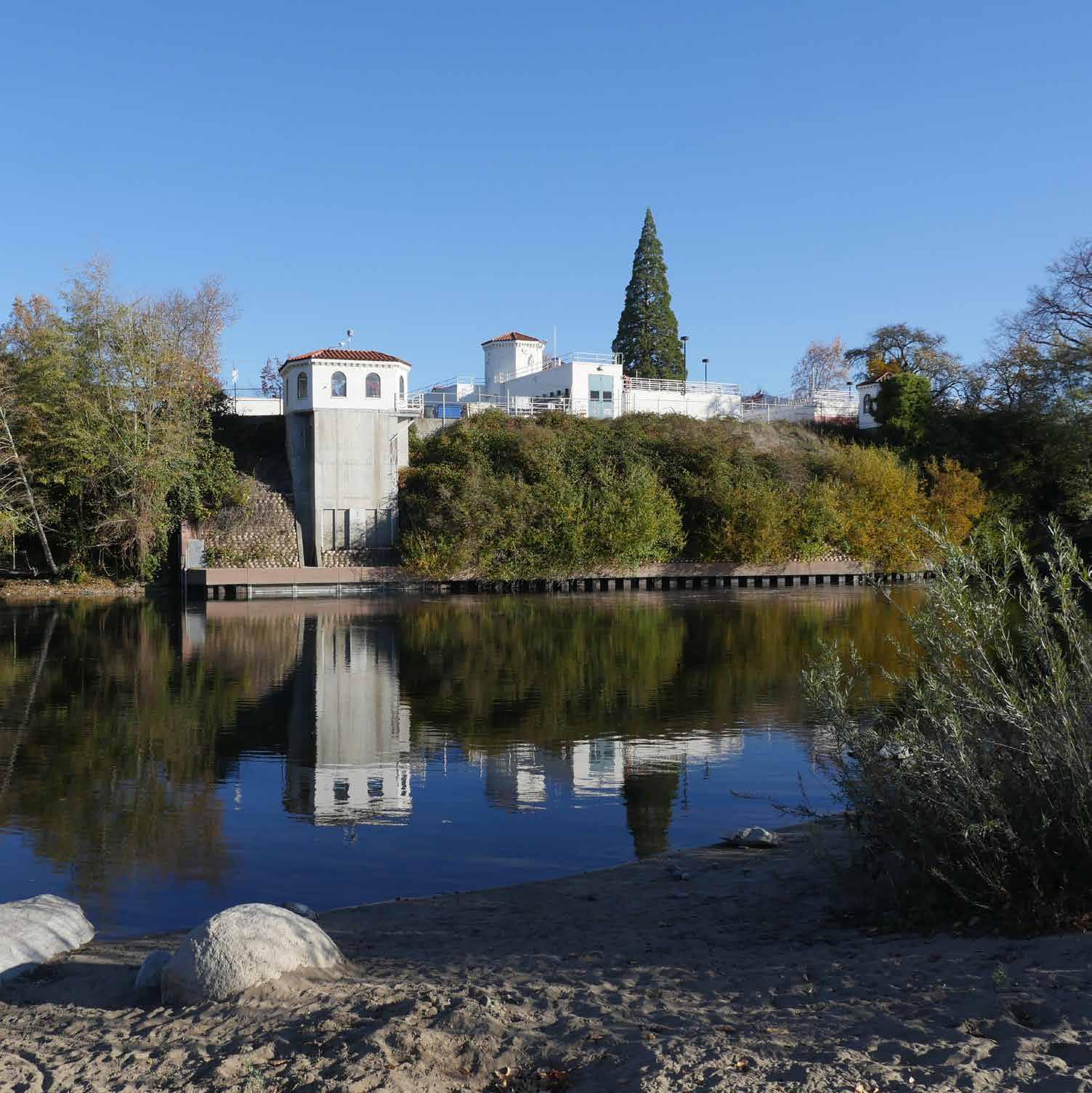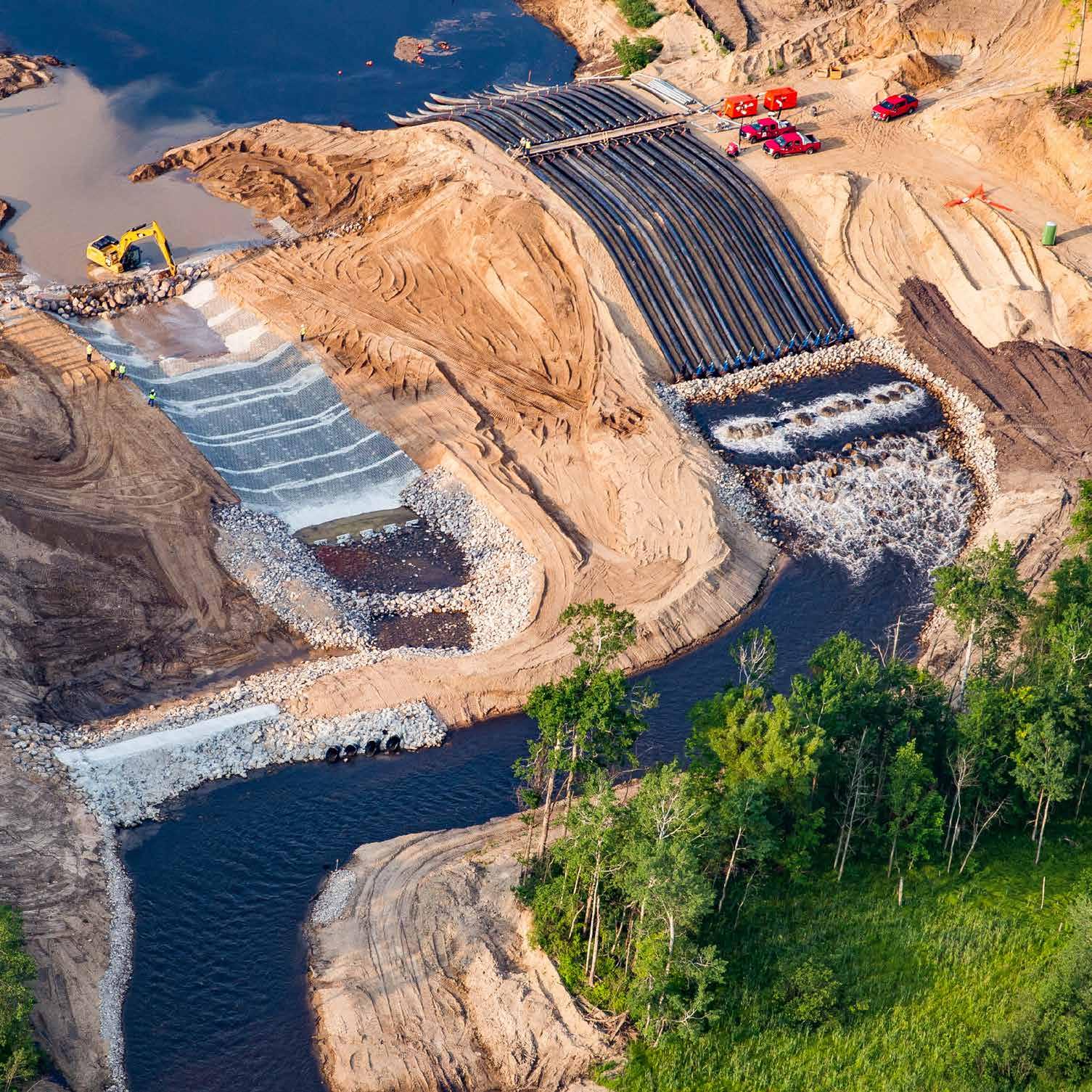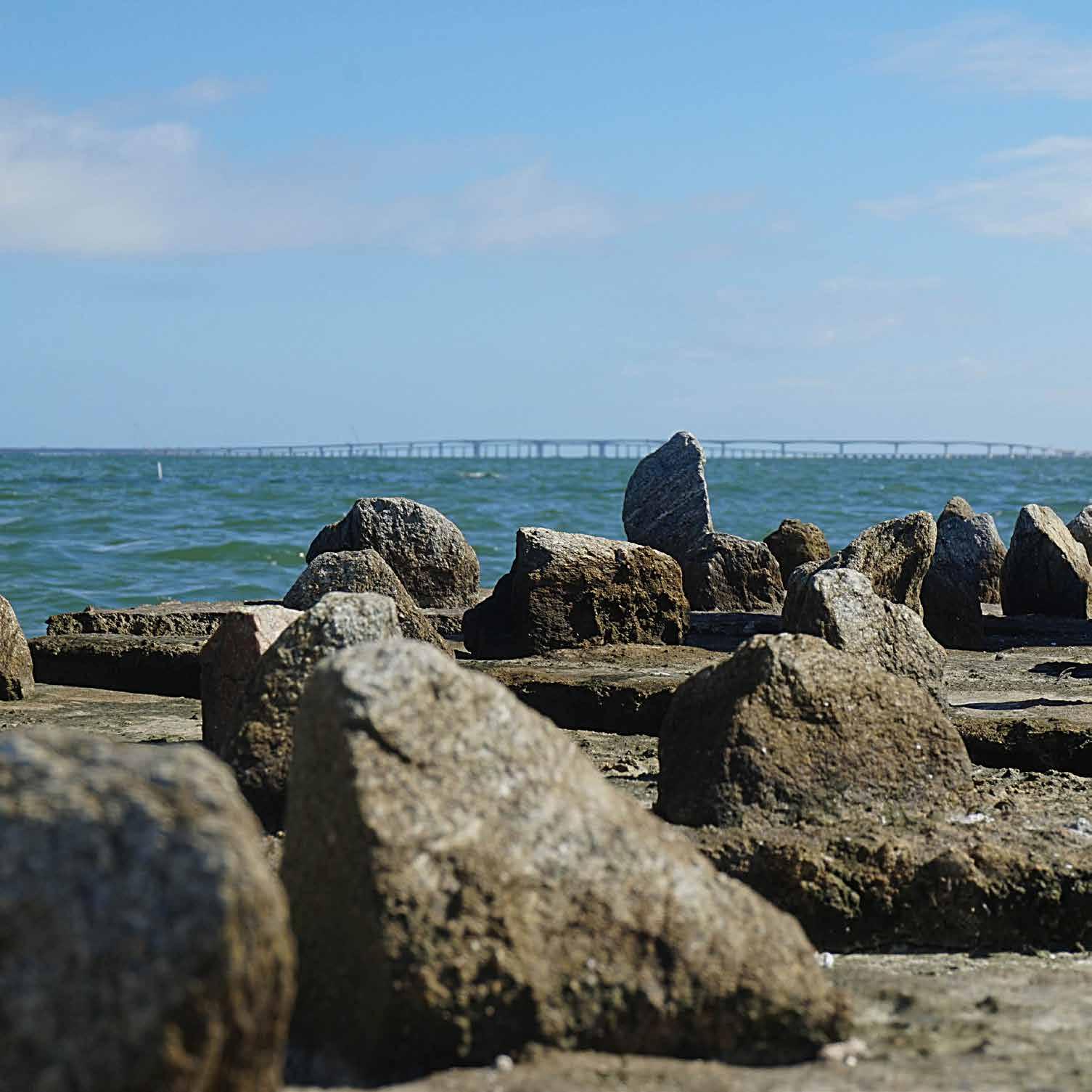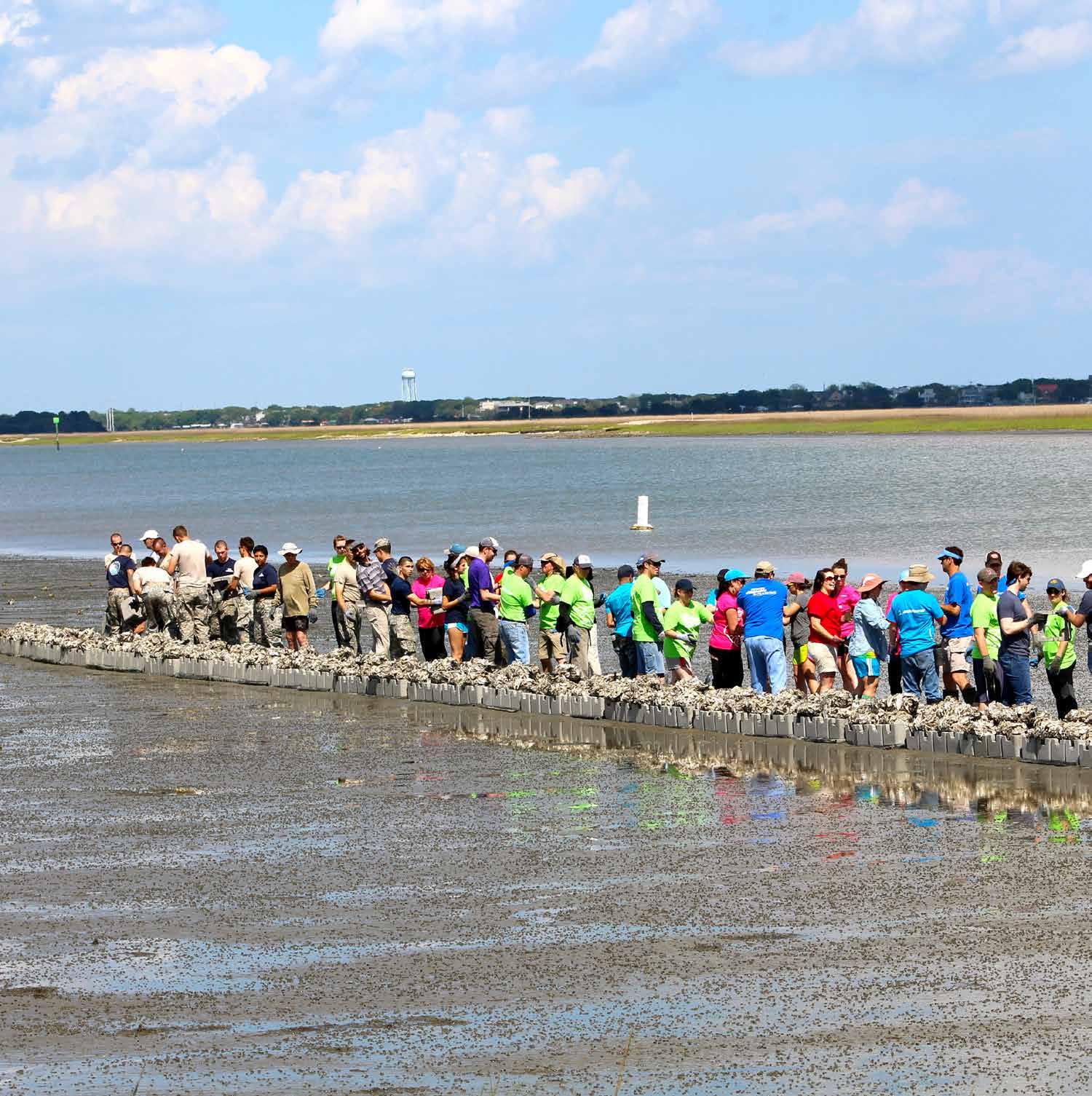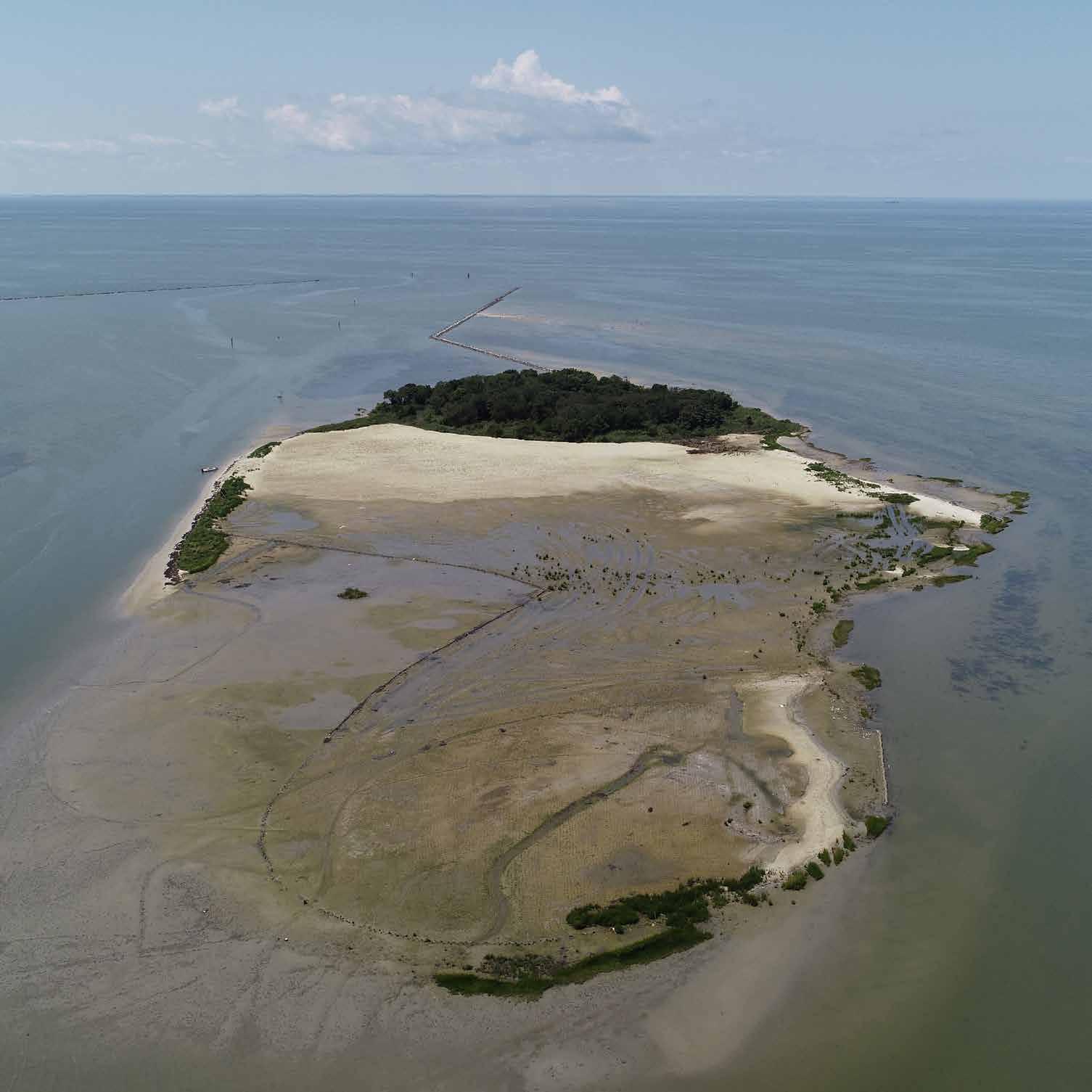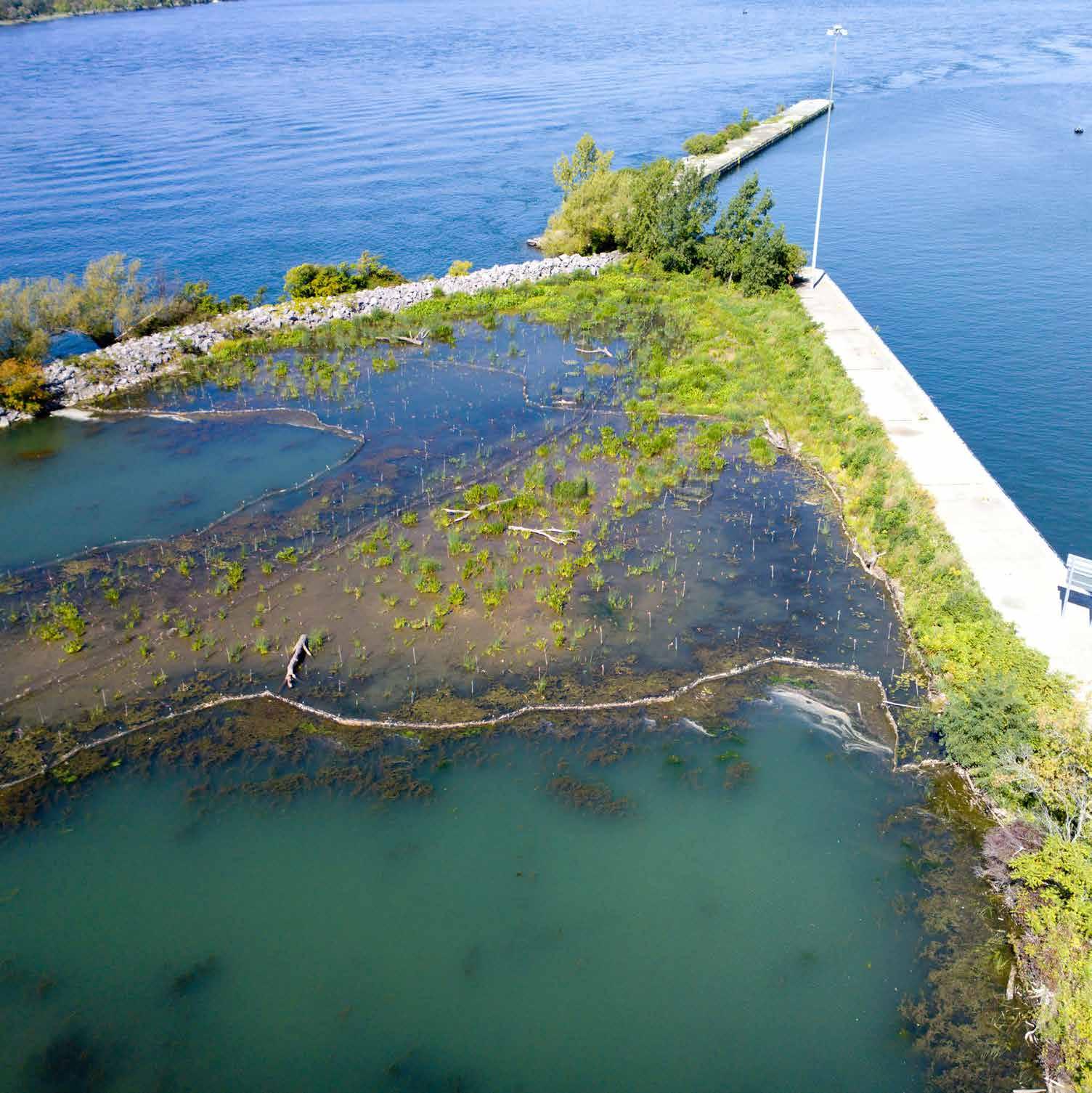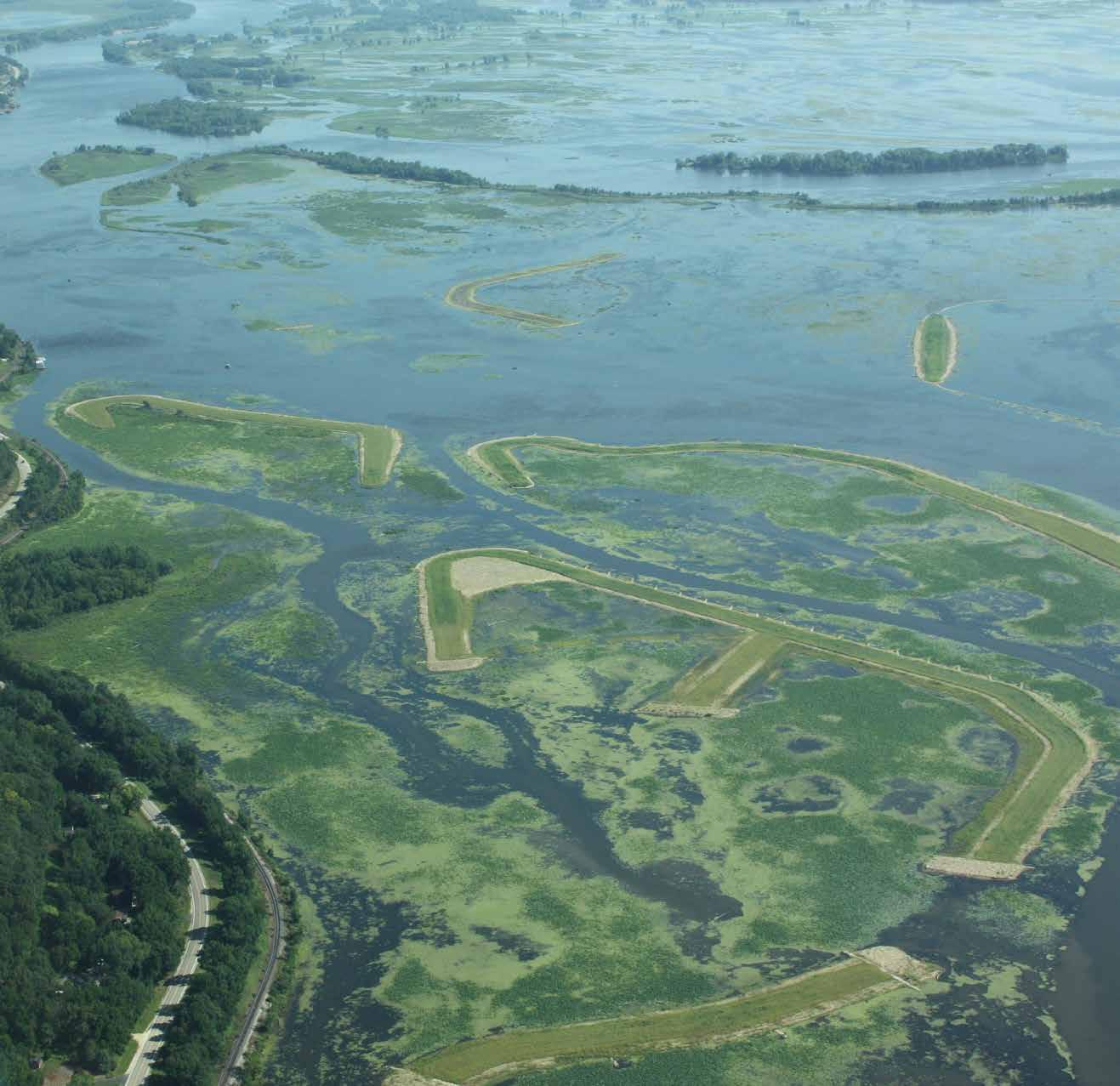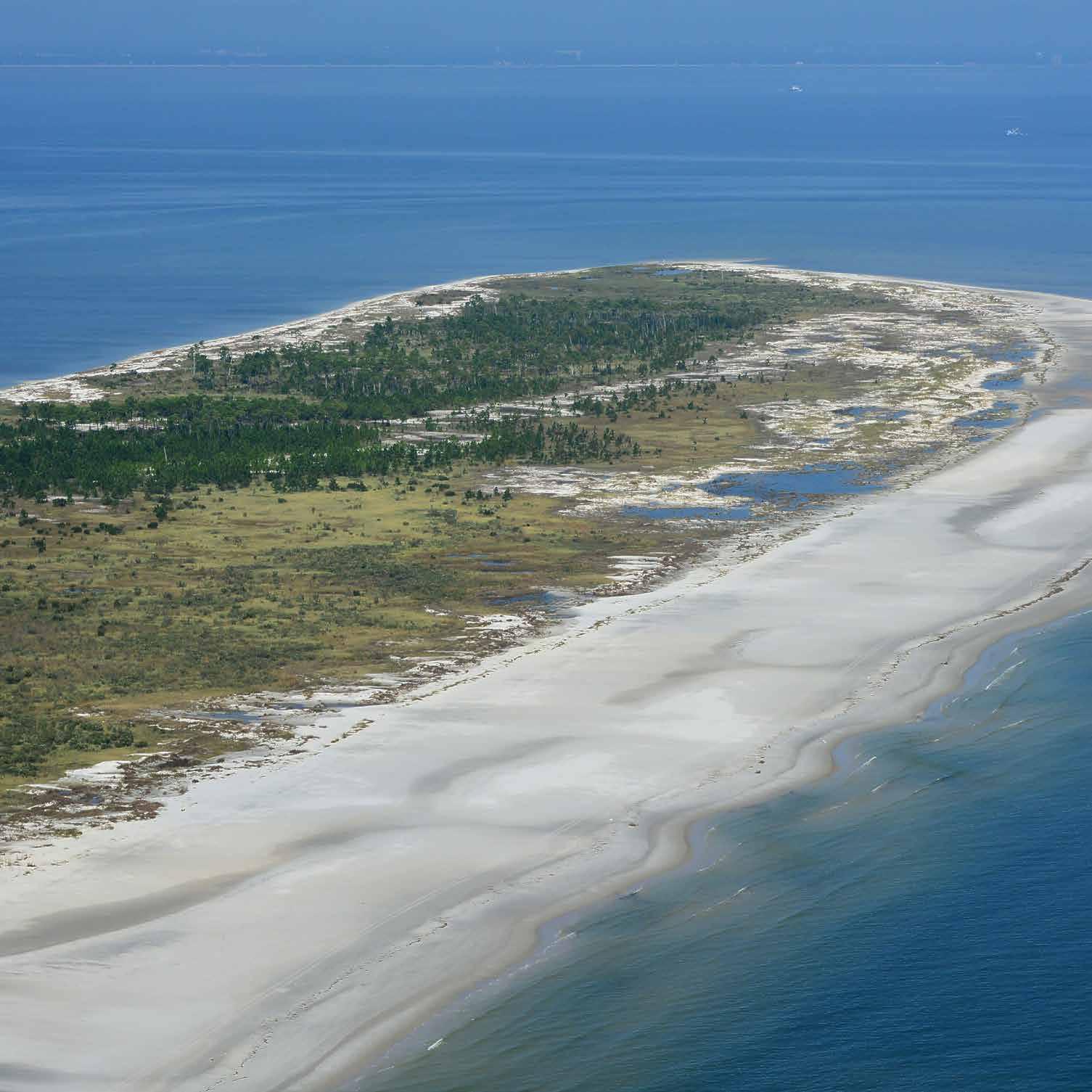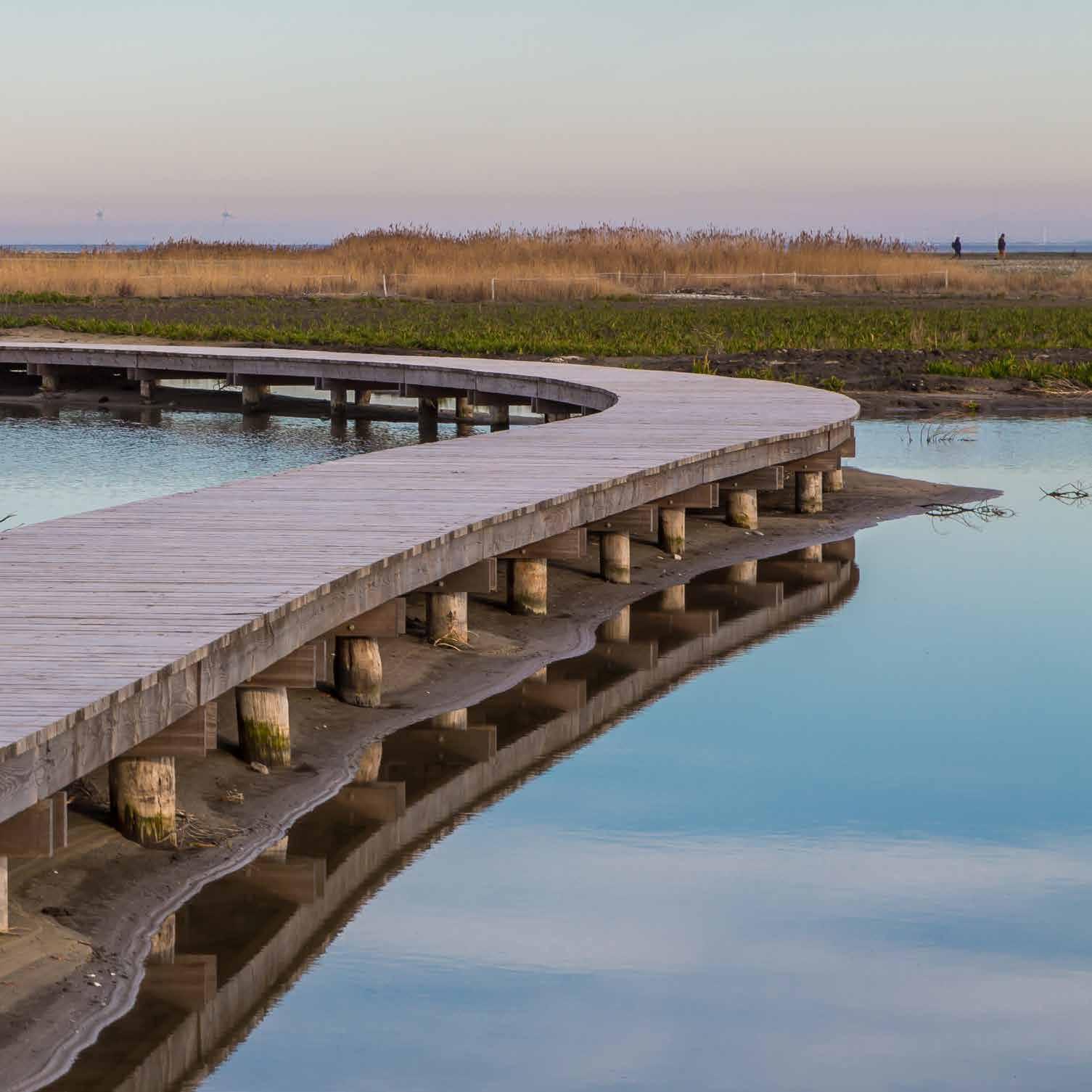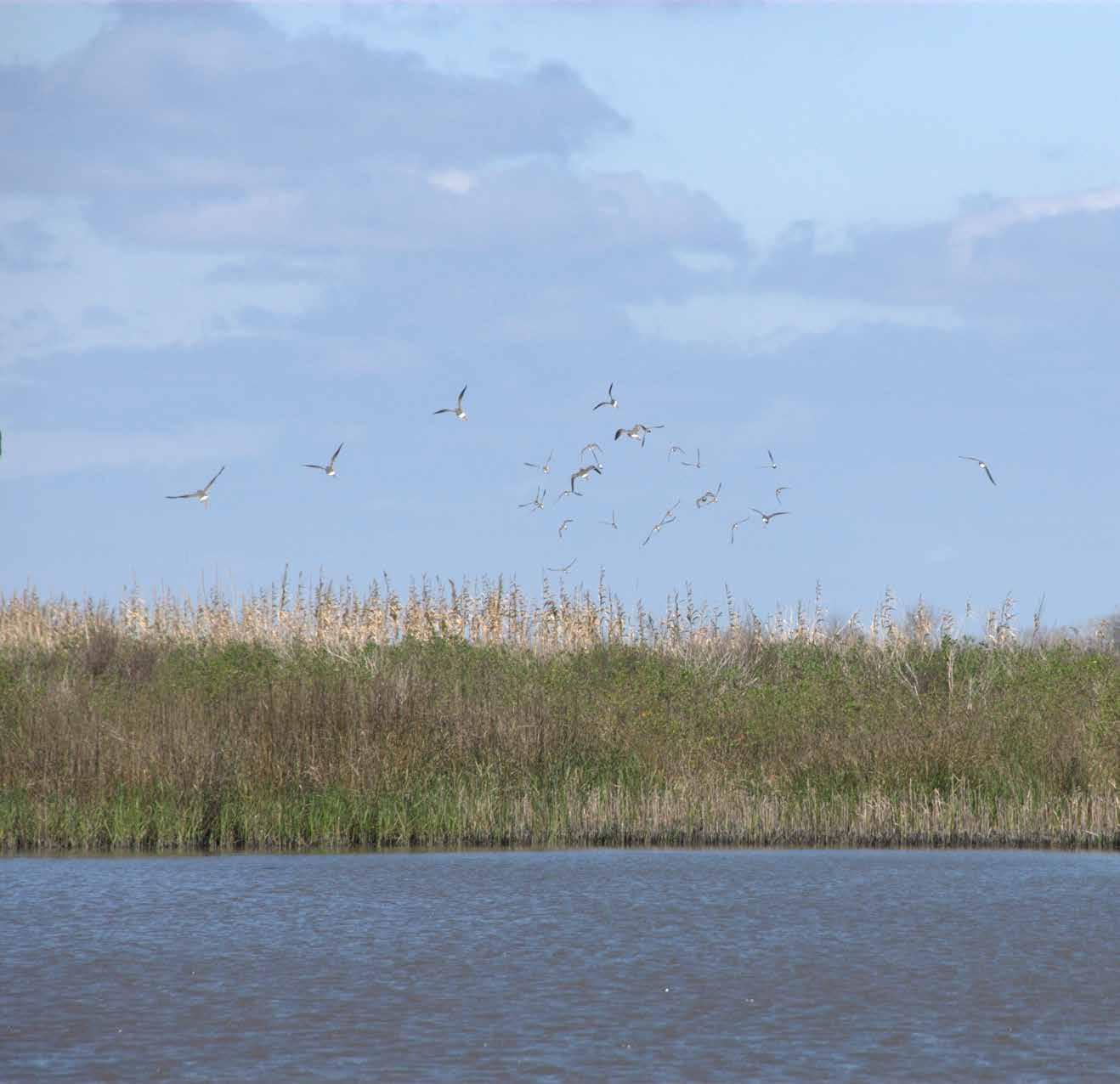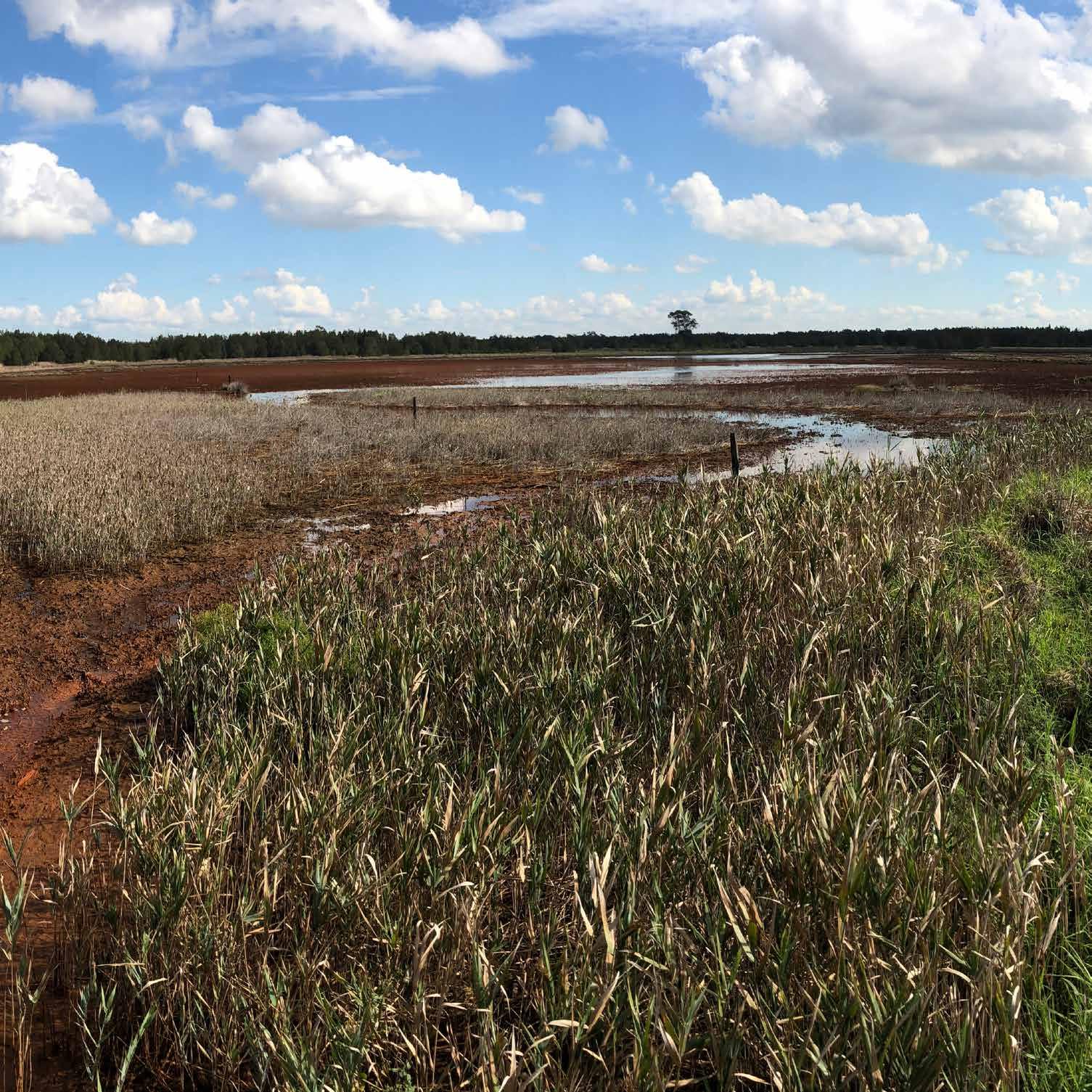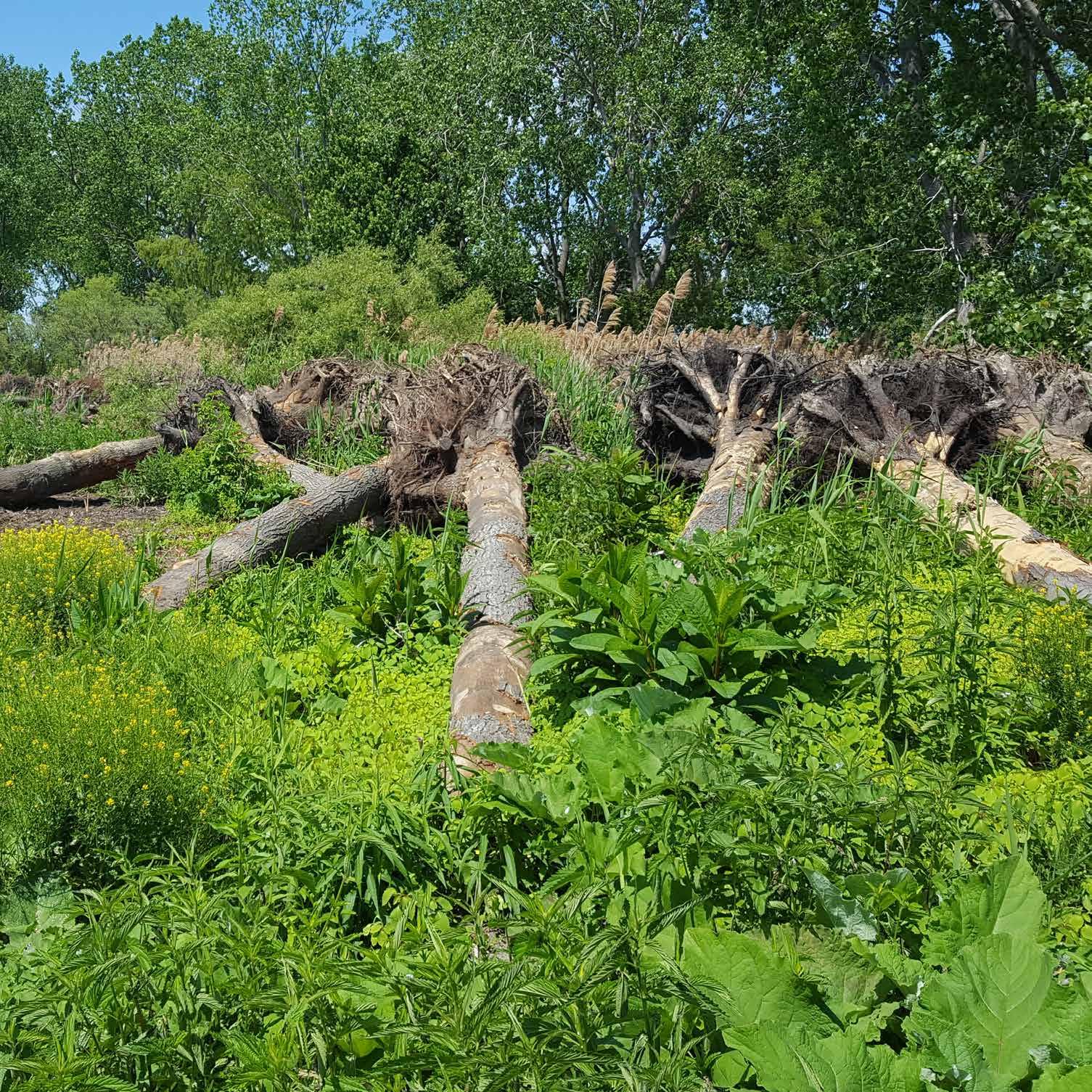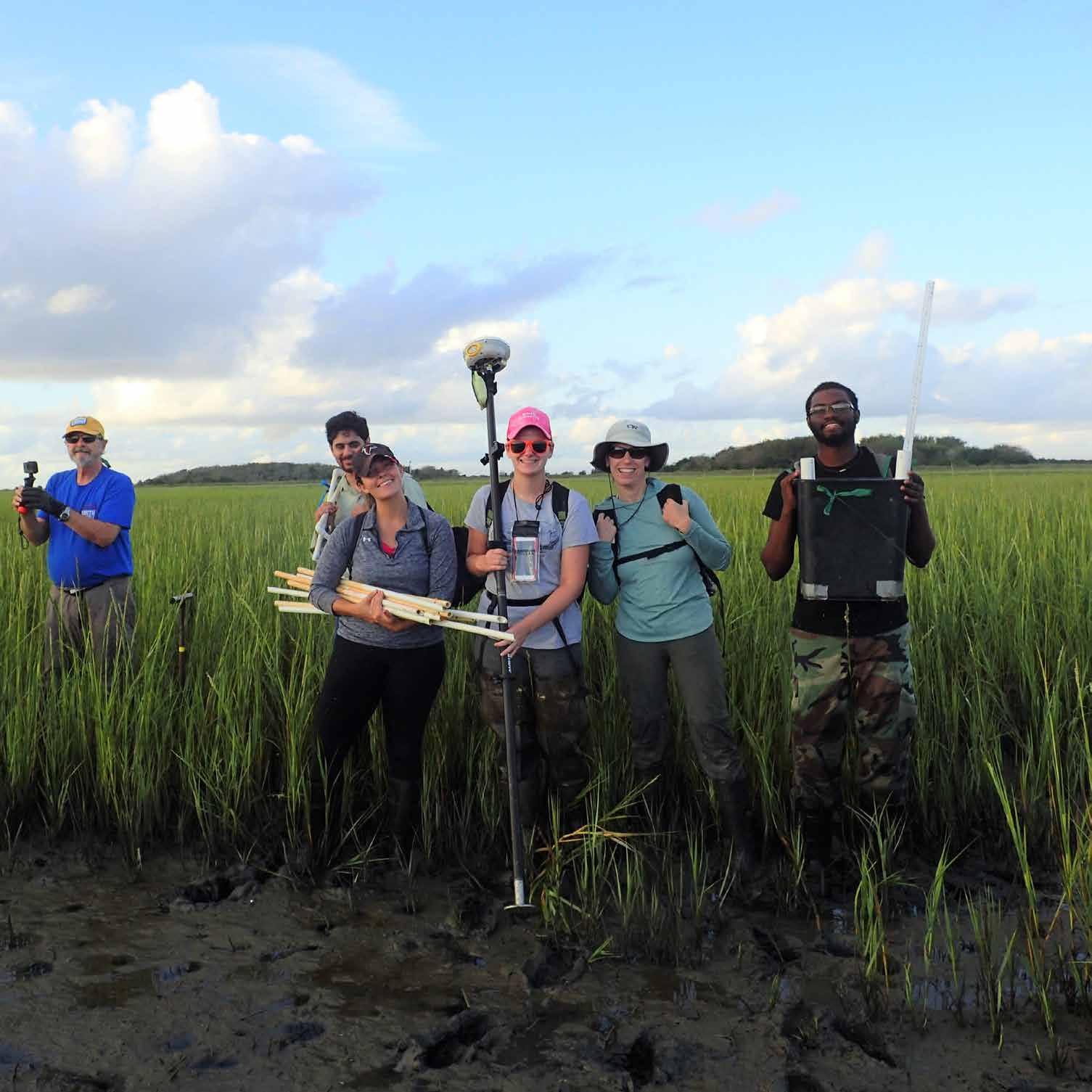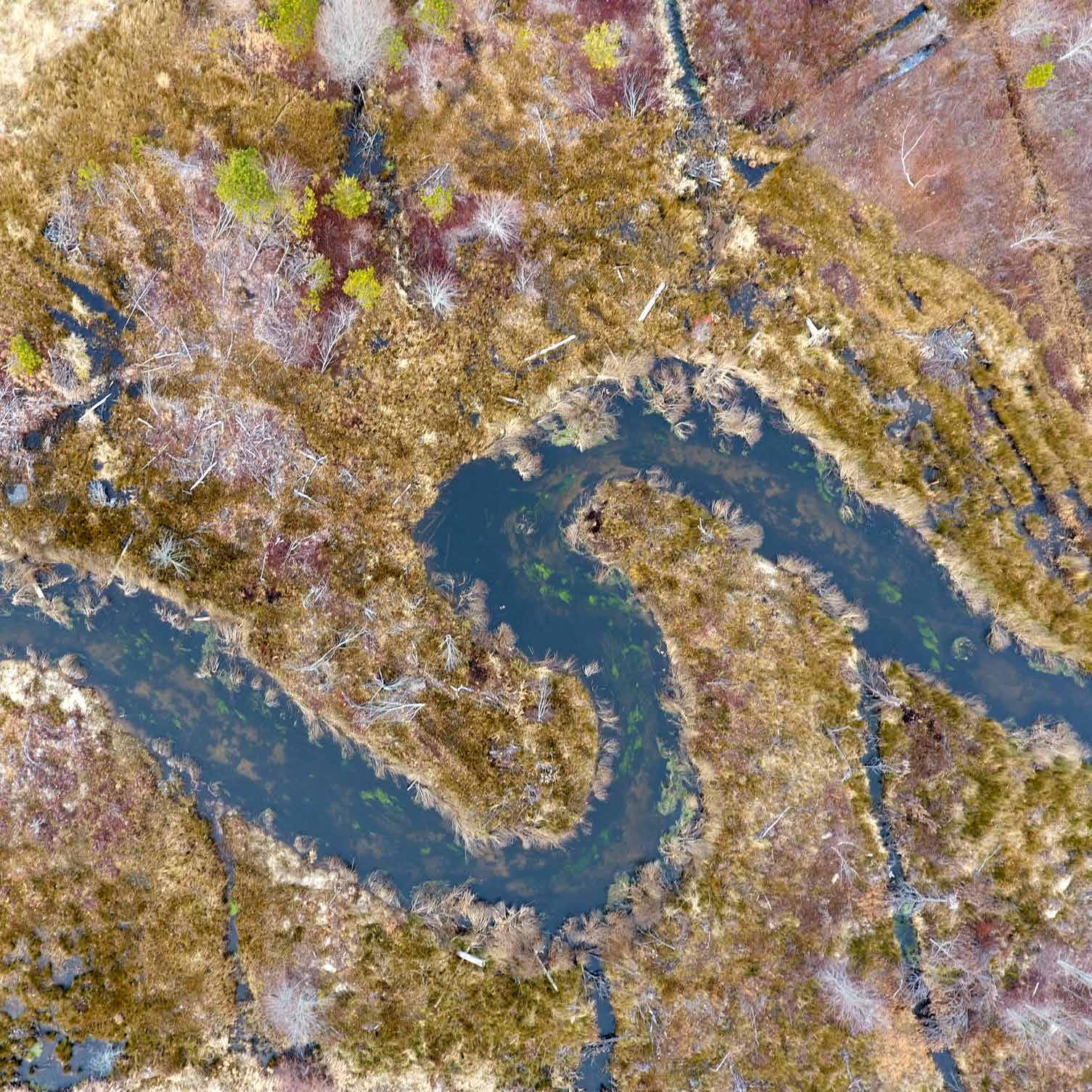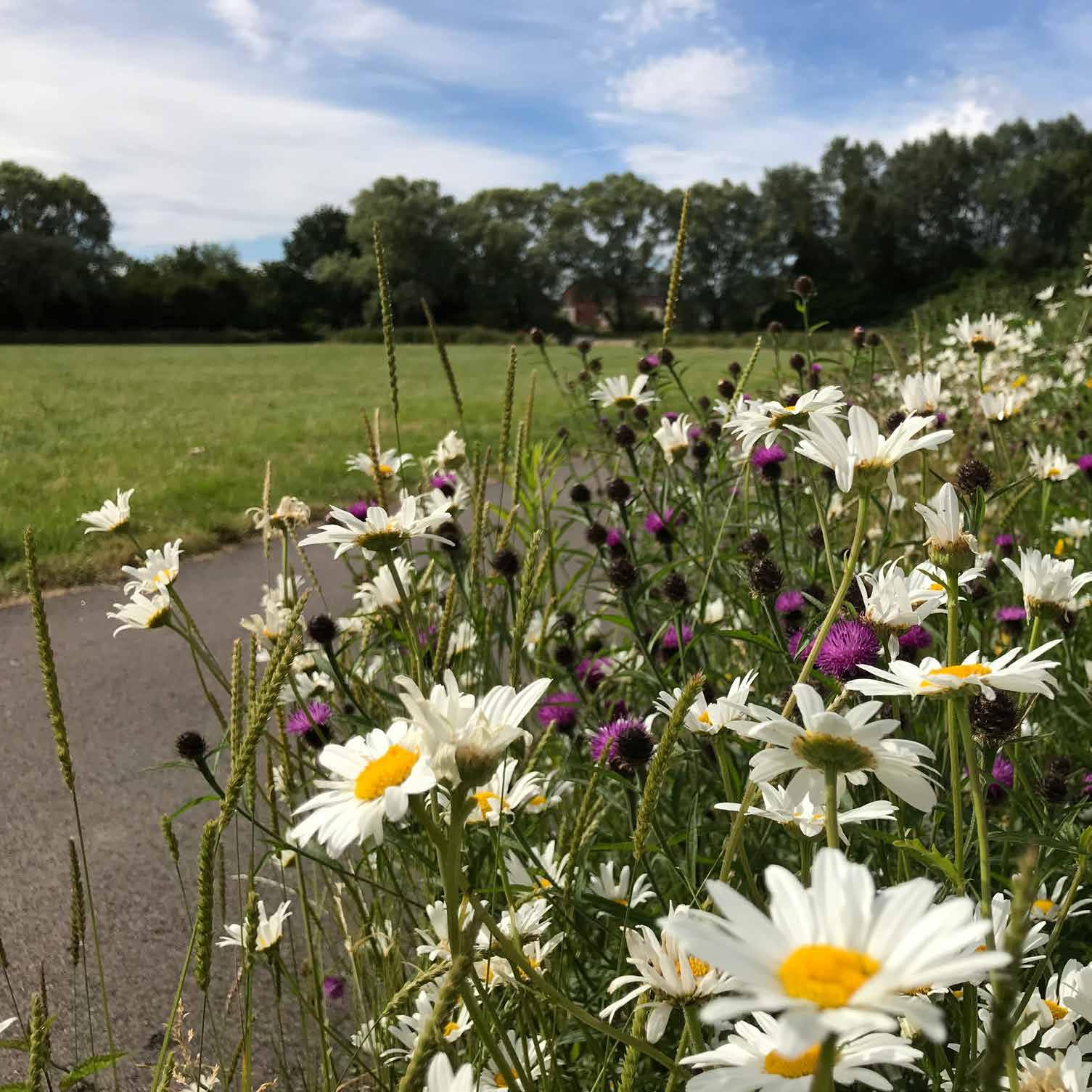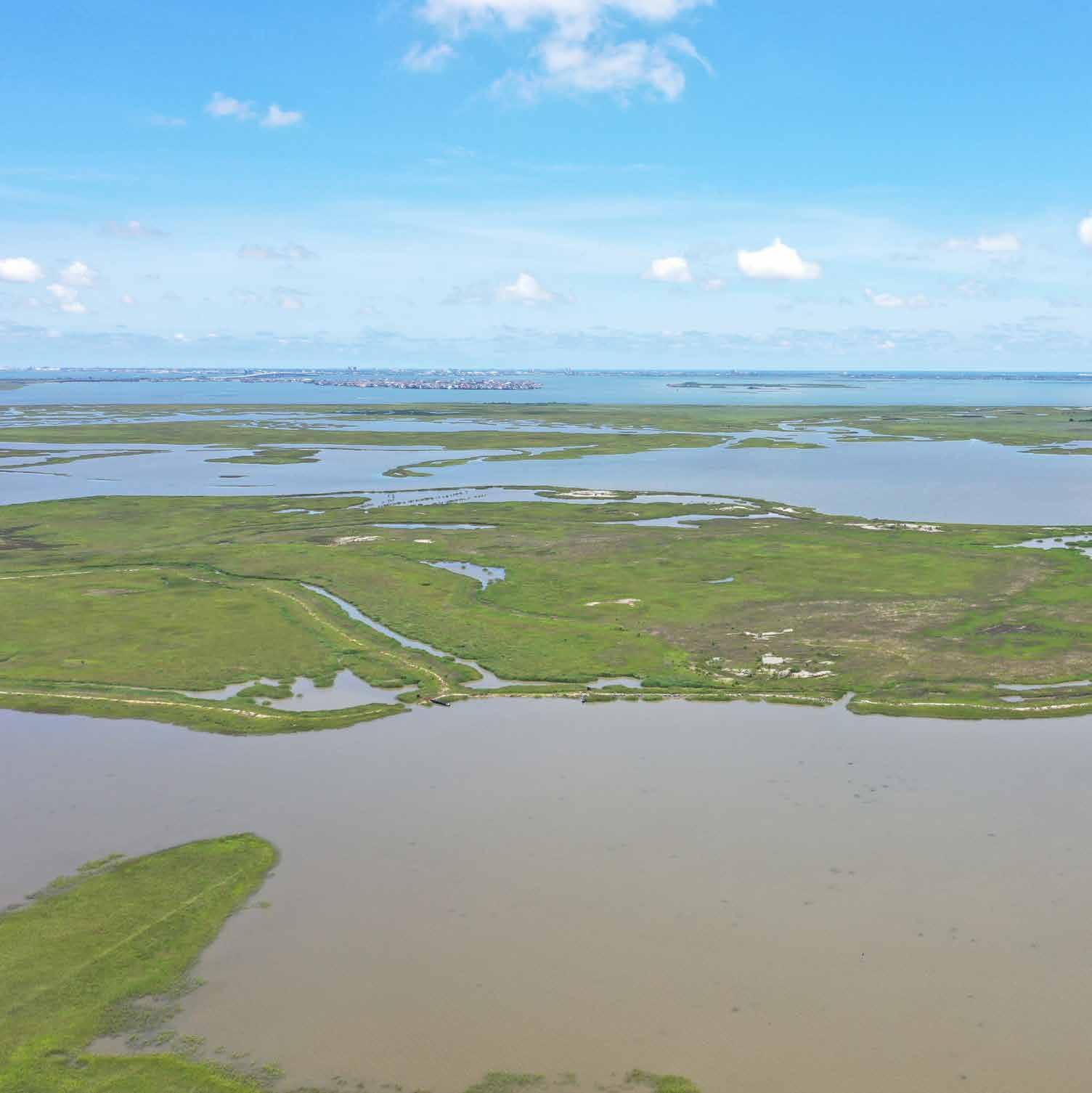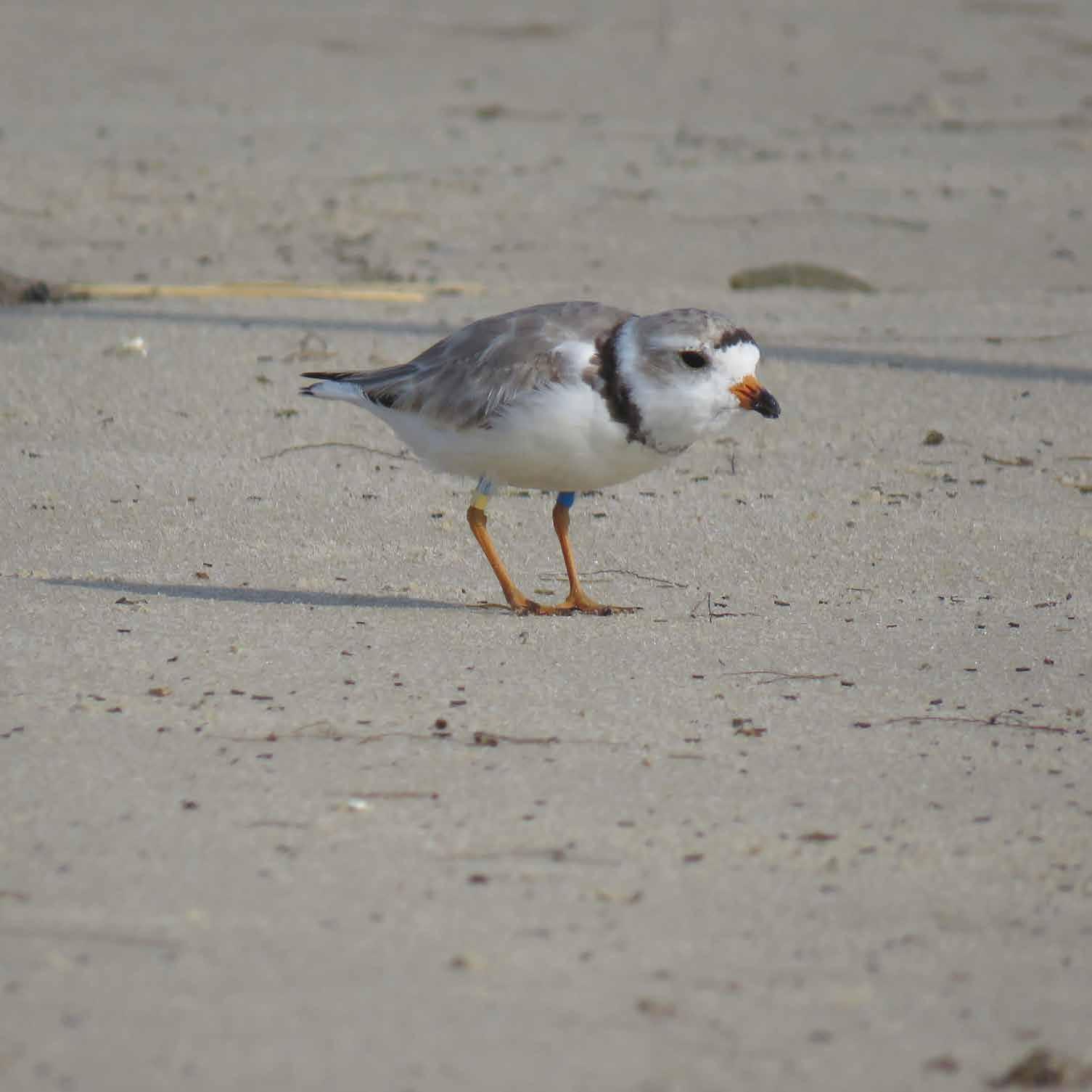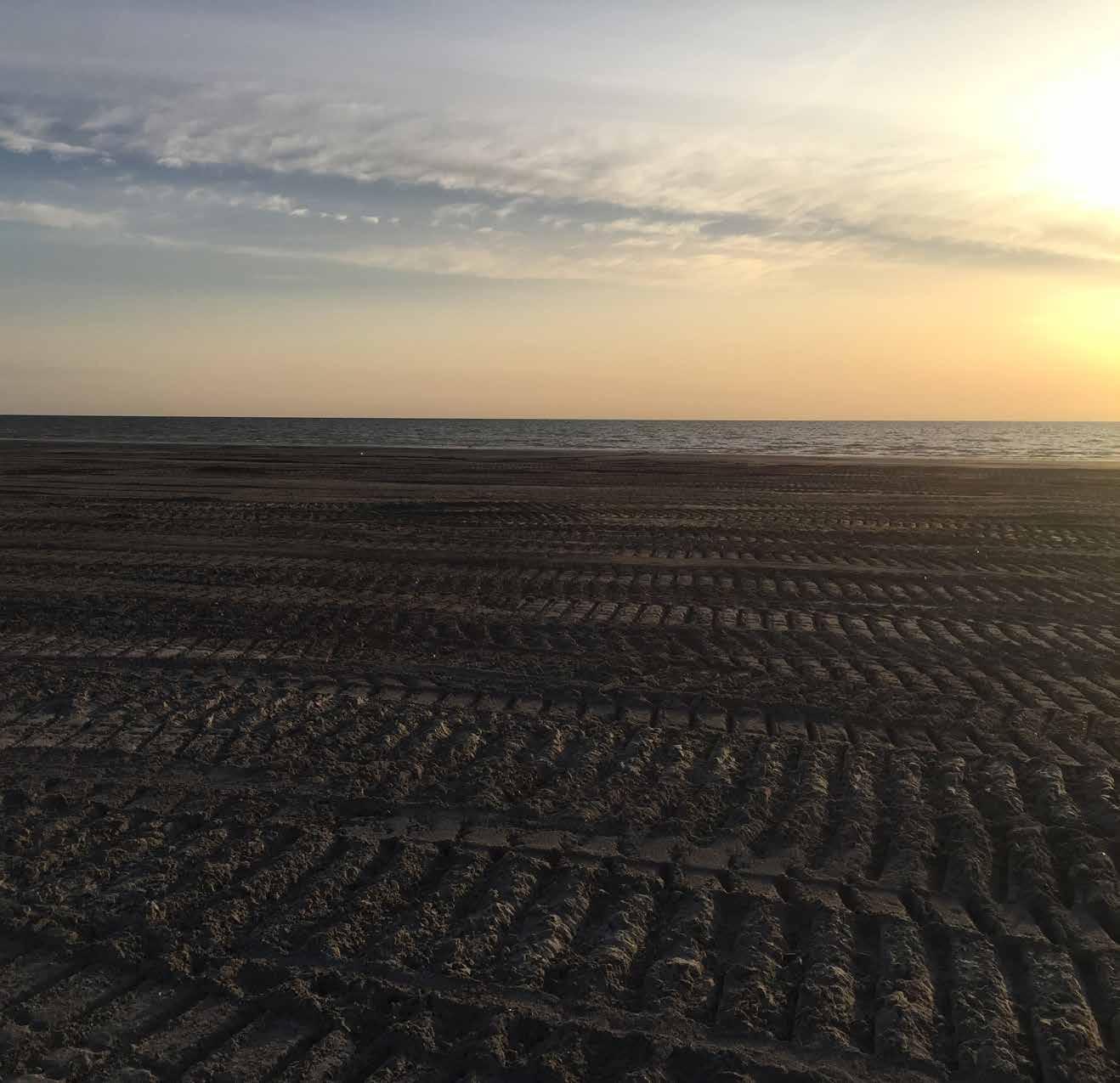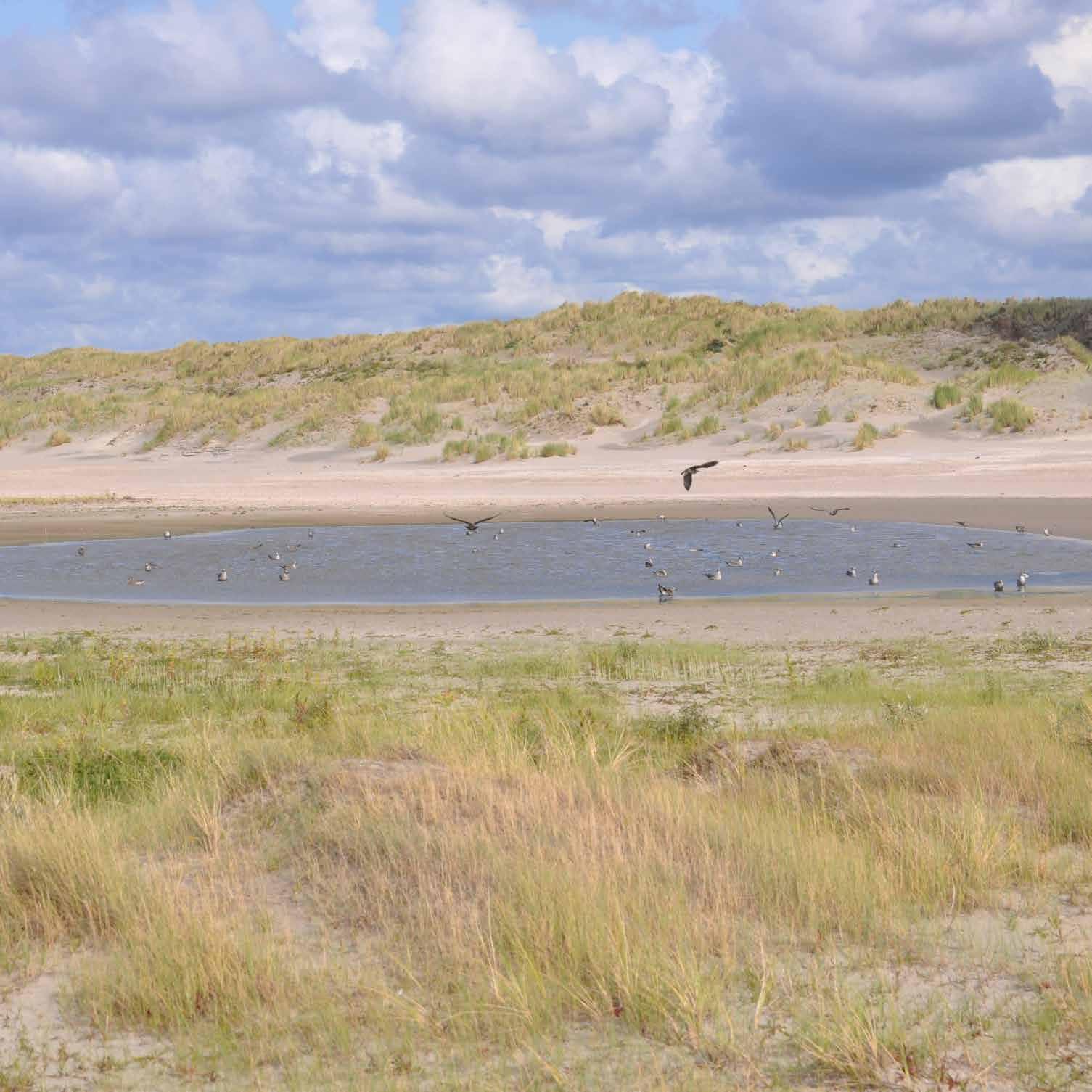Riverine Systems
Deer Island Little Sioux, Iowa, United States
Doubling the width of the Missouri River. The Missouri River, the longest river in North America, remains an important navigation channel and water source for communities along it. However, it is also one of the most significantly altered and ecologically impacted rivers in North America. Efforts to control its flow have resulted in a narrow, deep, and fast-flowing river with very little depth or flow diversity. Many areas have seen reductions in width from over 600 meters to closer to 200 meters. To solve these problems, the Kansas City, St. Paul, and Omaha U.S. Army Corps of Engineers (USACE) districts teamed up to create high-quality, shallow-water habitat at Deer Island by excavating over 1.5 million cubic meters of material from the top width of a 3.2-kilometer stretch of the river. They widened the channel by 90 to 200 meters and constructed multiple large, permeable rock structures to split the flow of the river, creating a shallow bench with a diversity of depths and velocities adjacent to the main channel of the river. Now the river’s main channel supports navigation while new shallow-water habitat benefits the federally endangered pallid sturgeon (Scaphirhynchus albus) and other native fish and wildlife.
152














